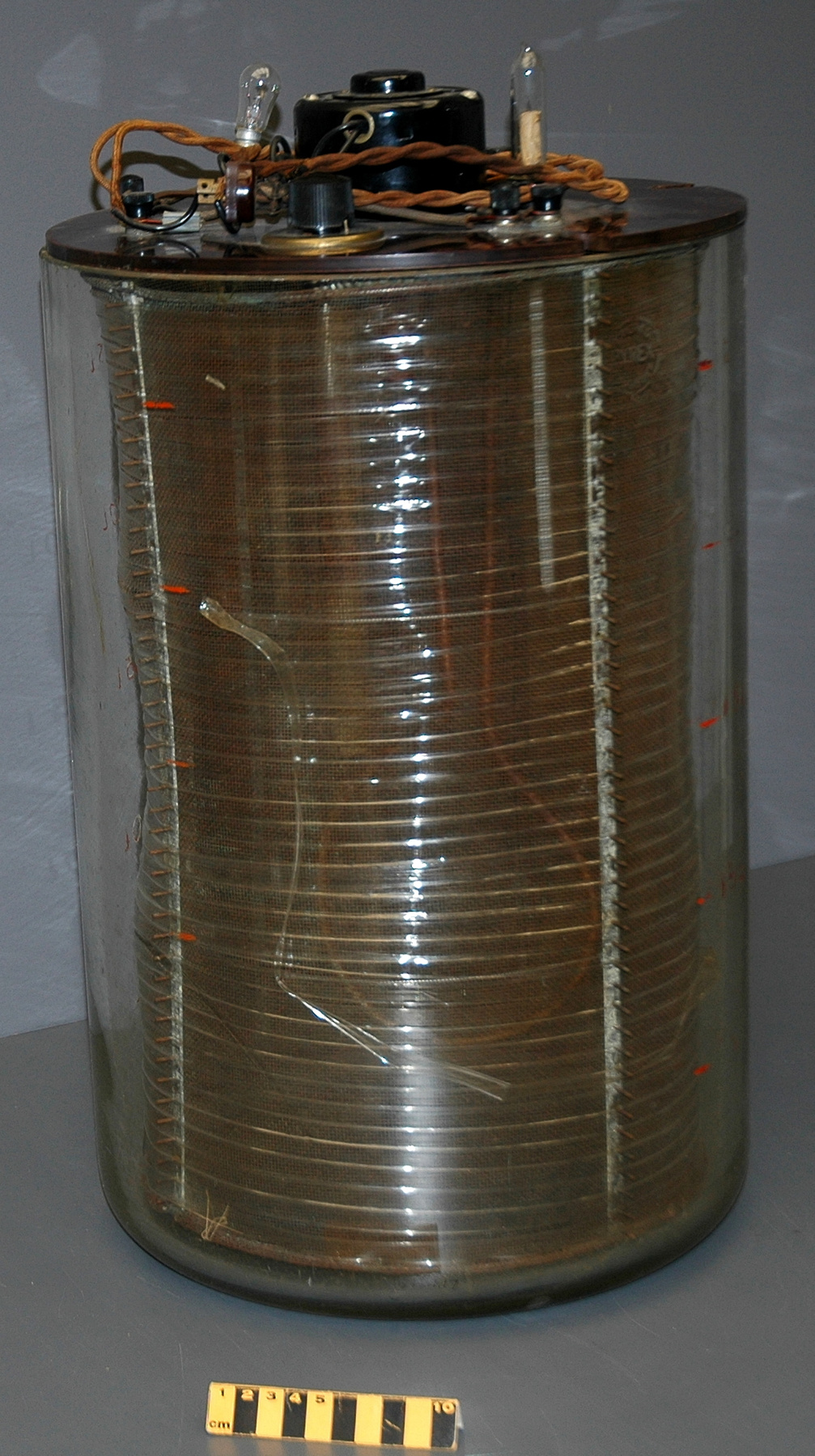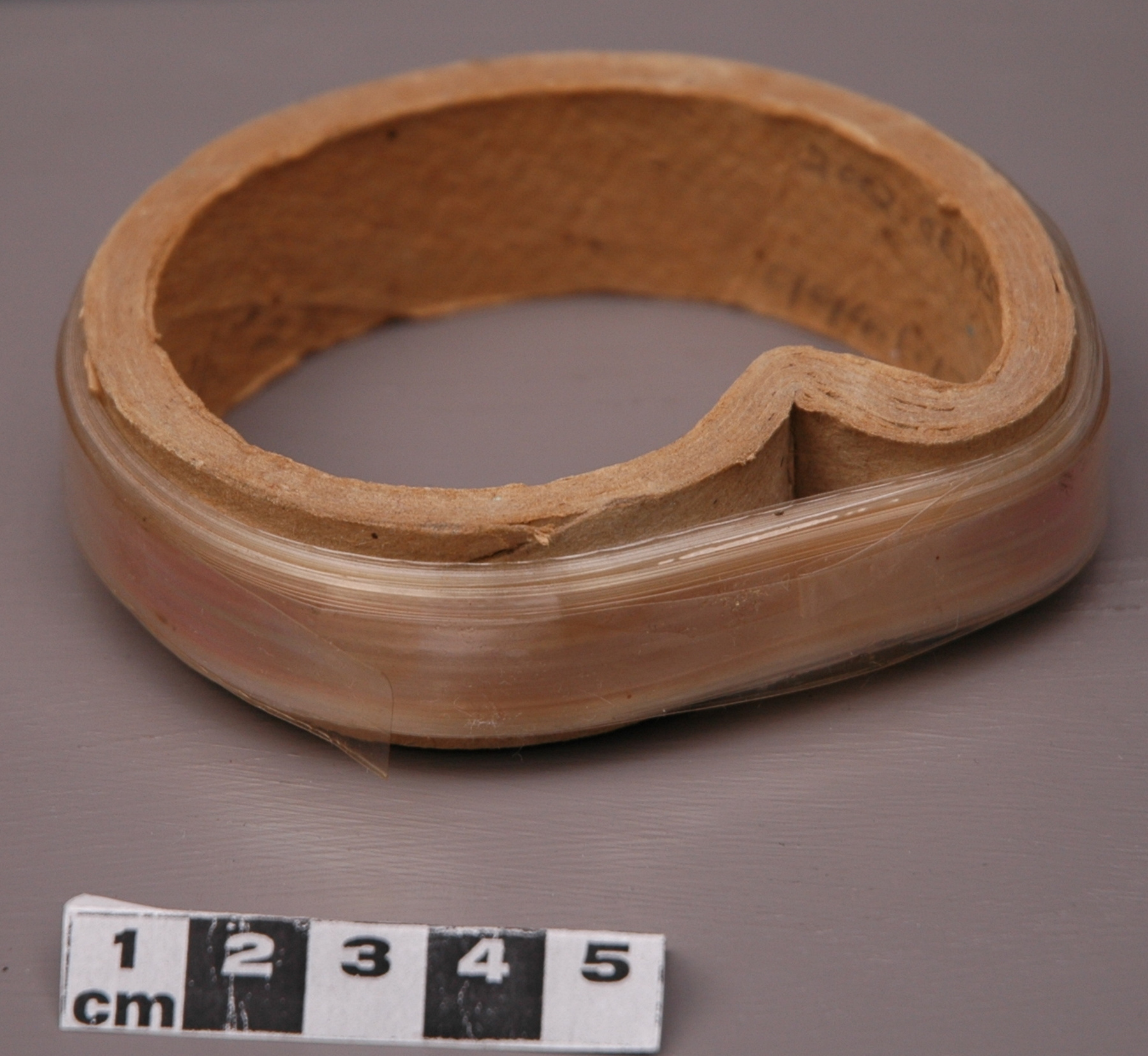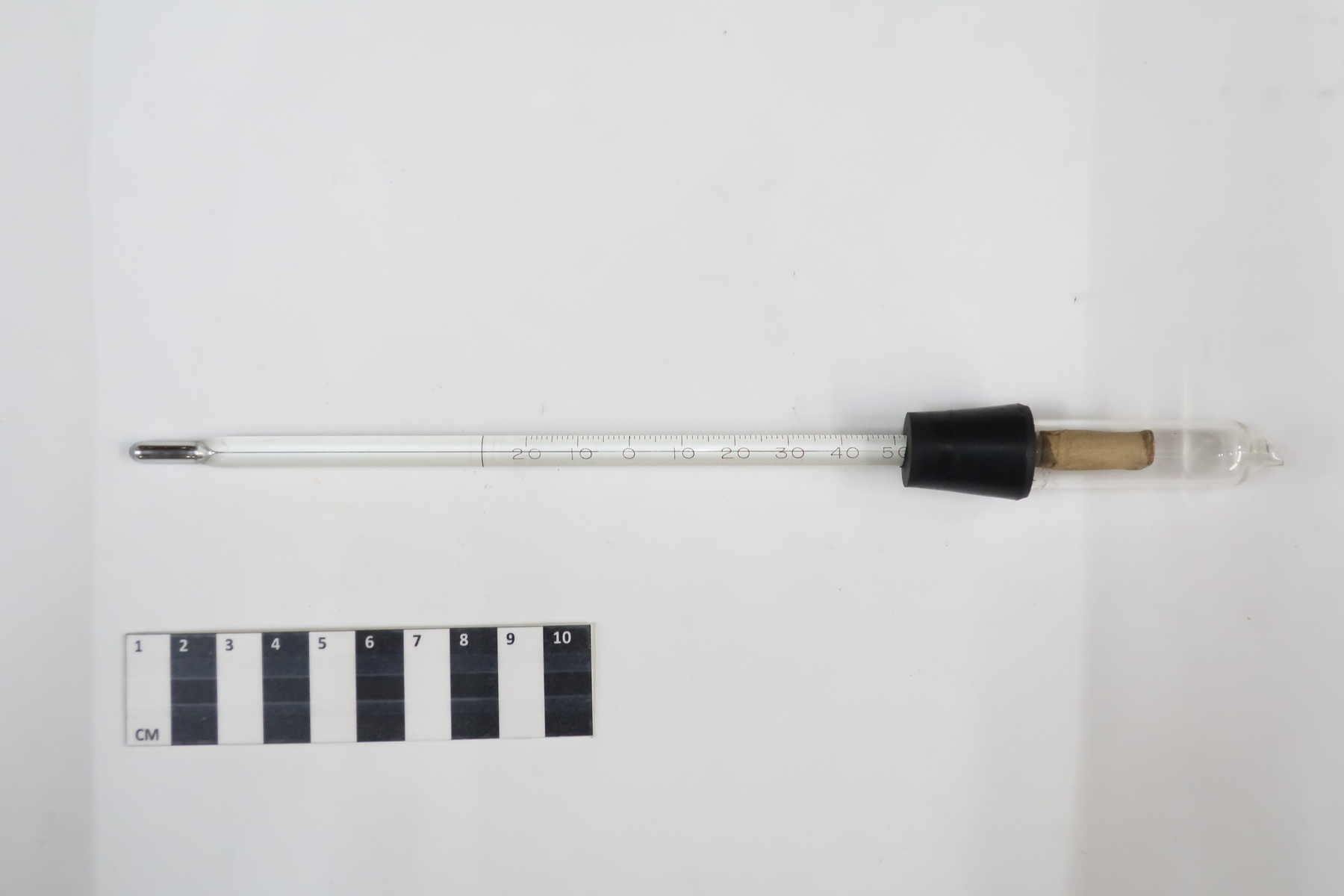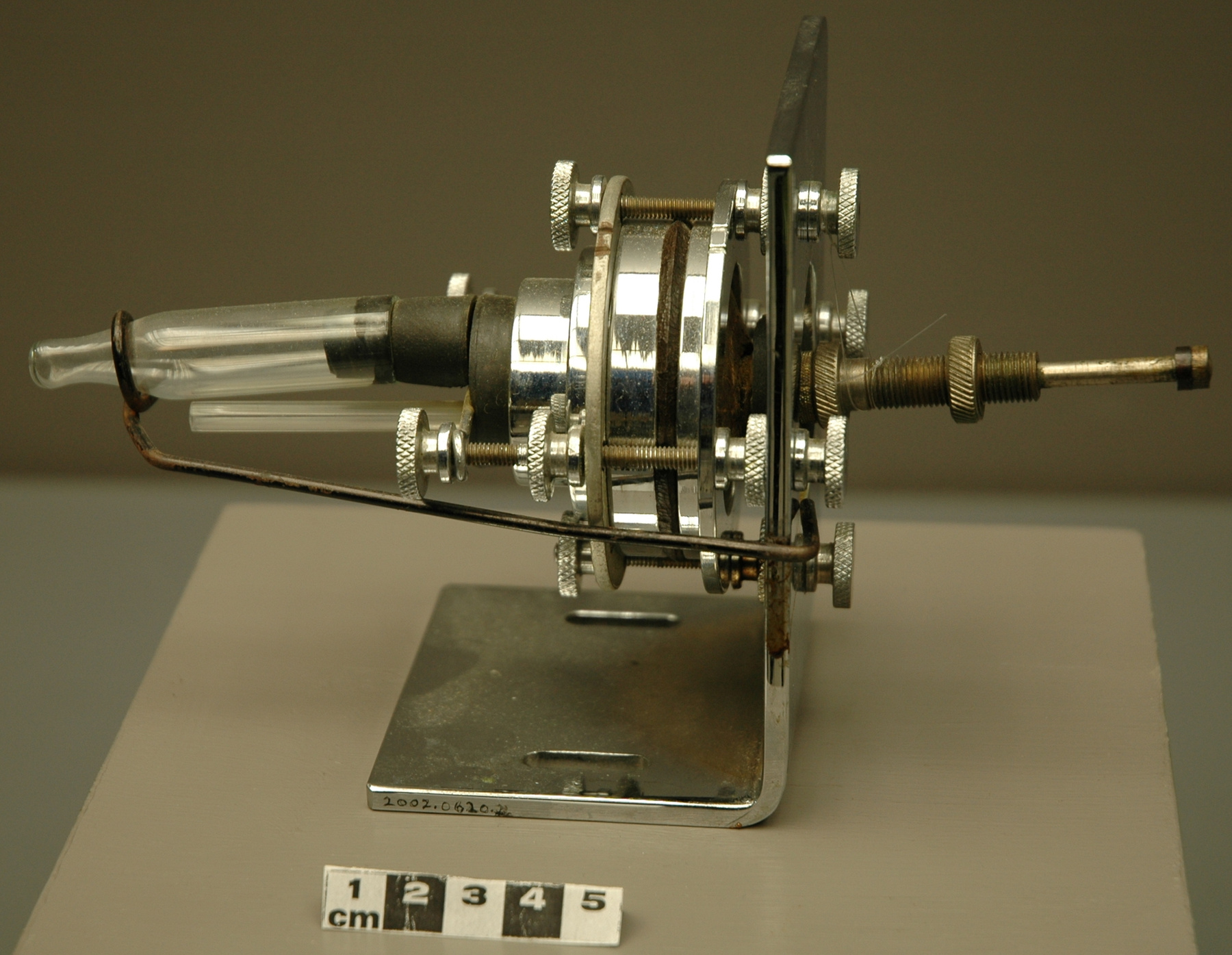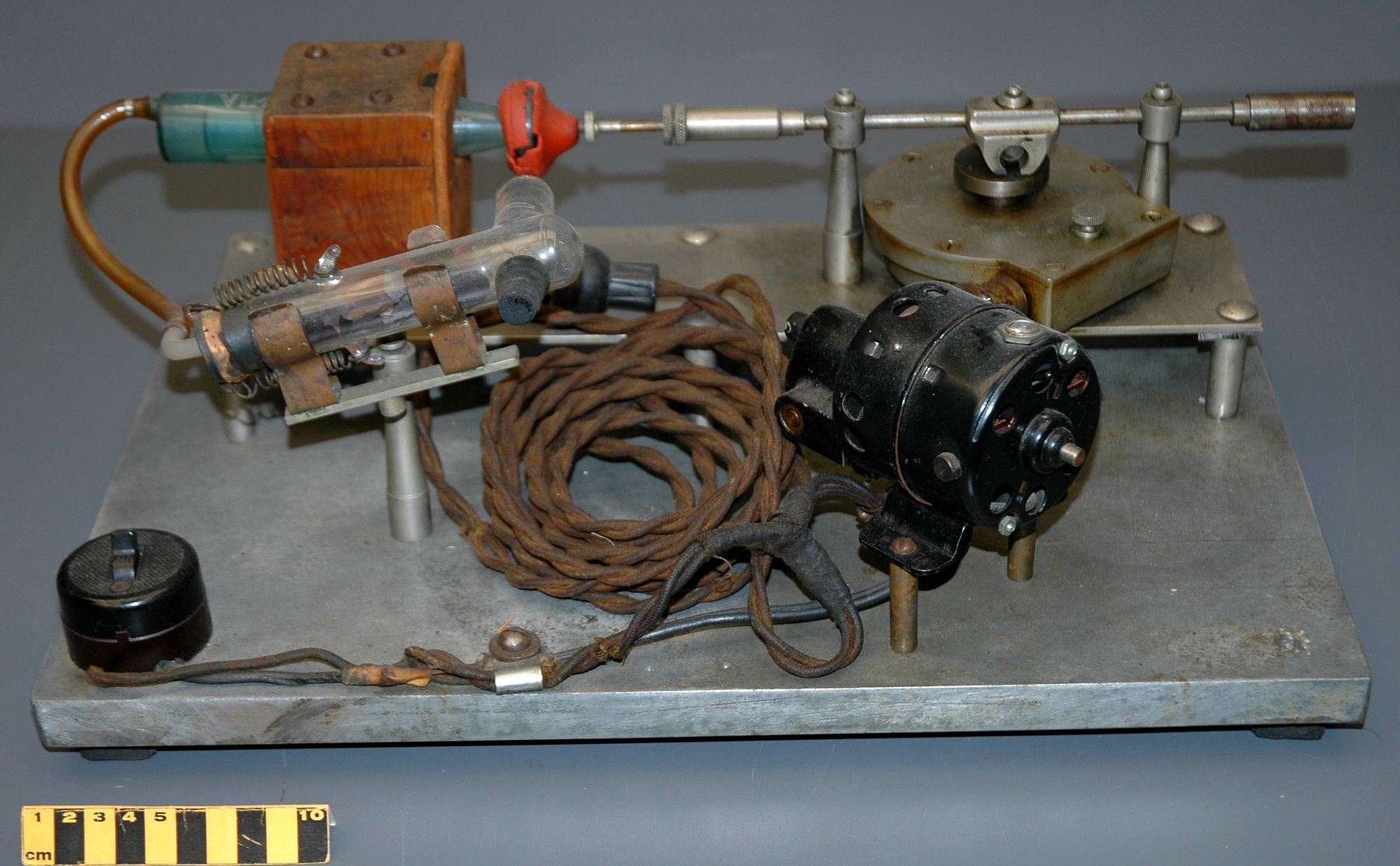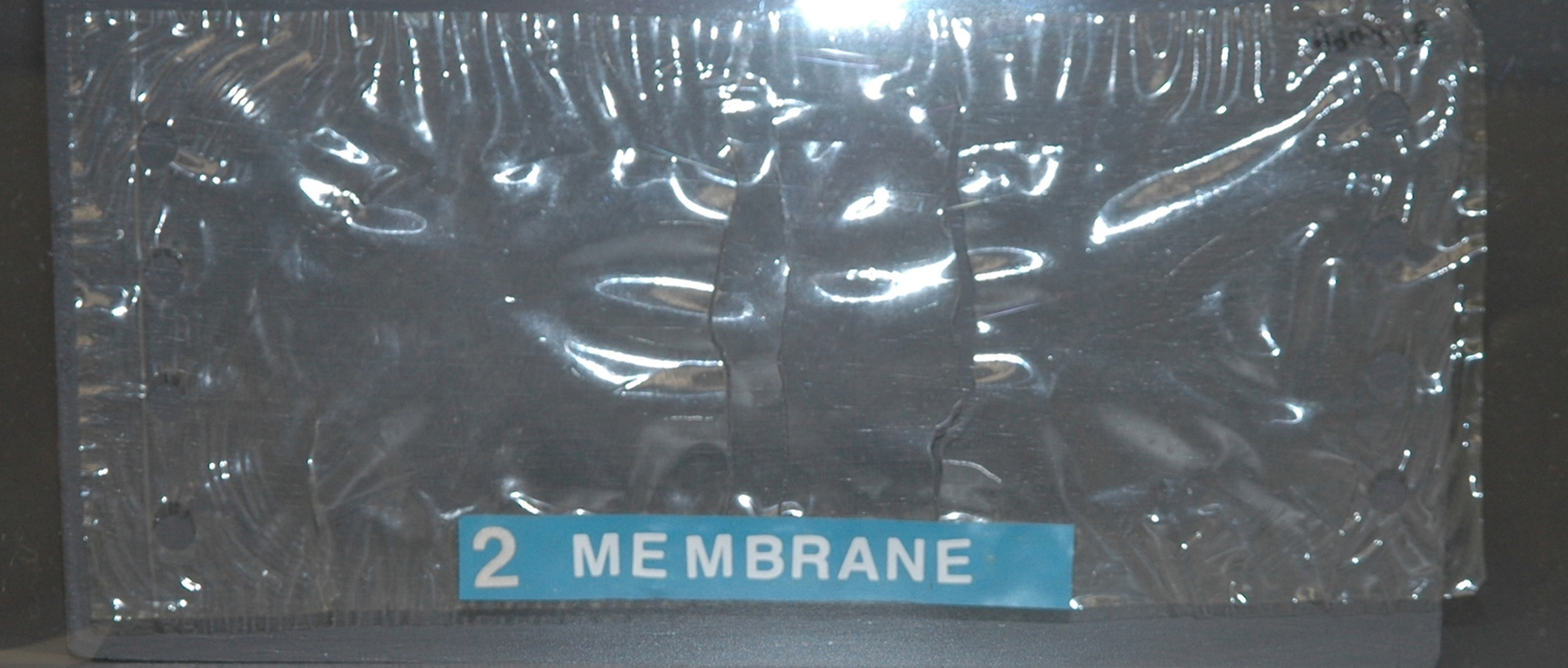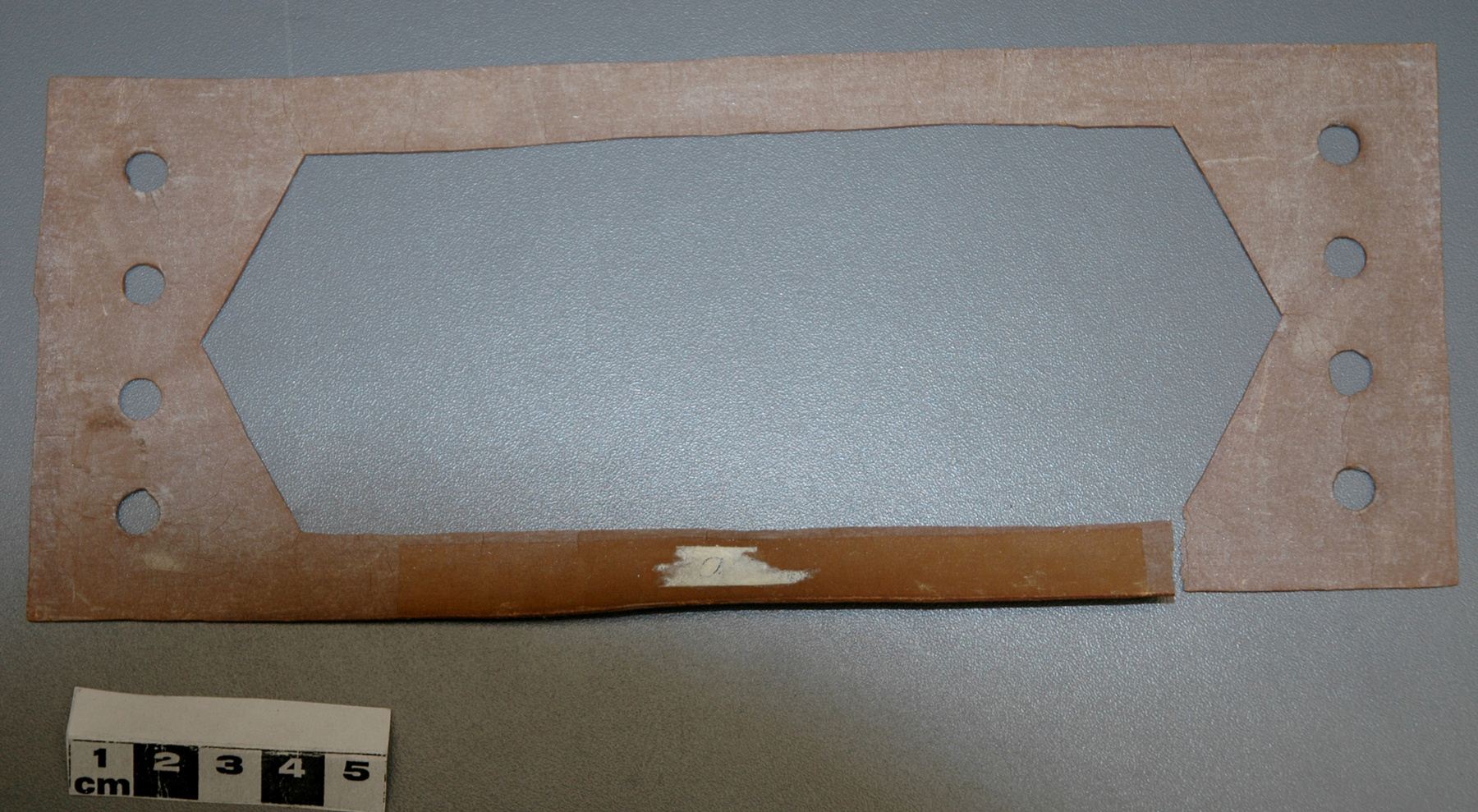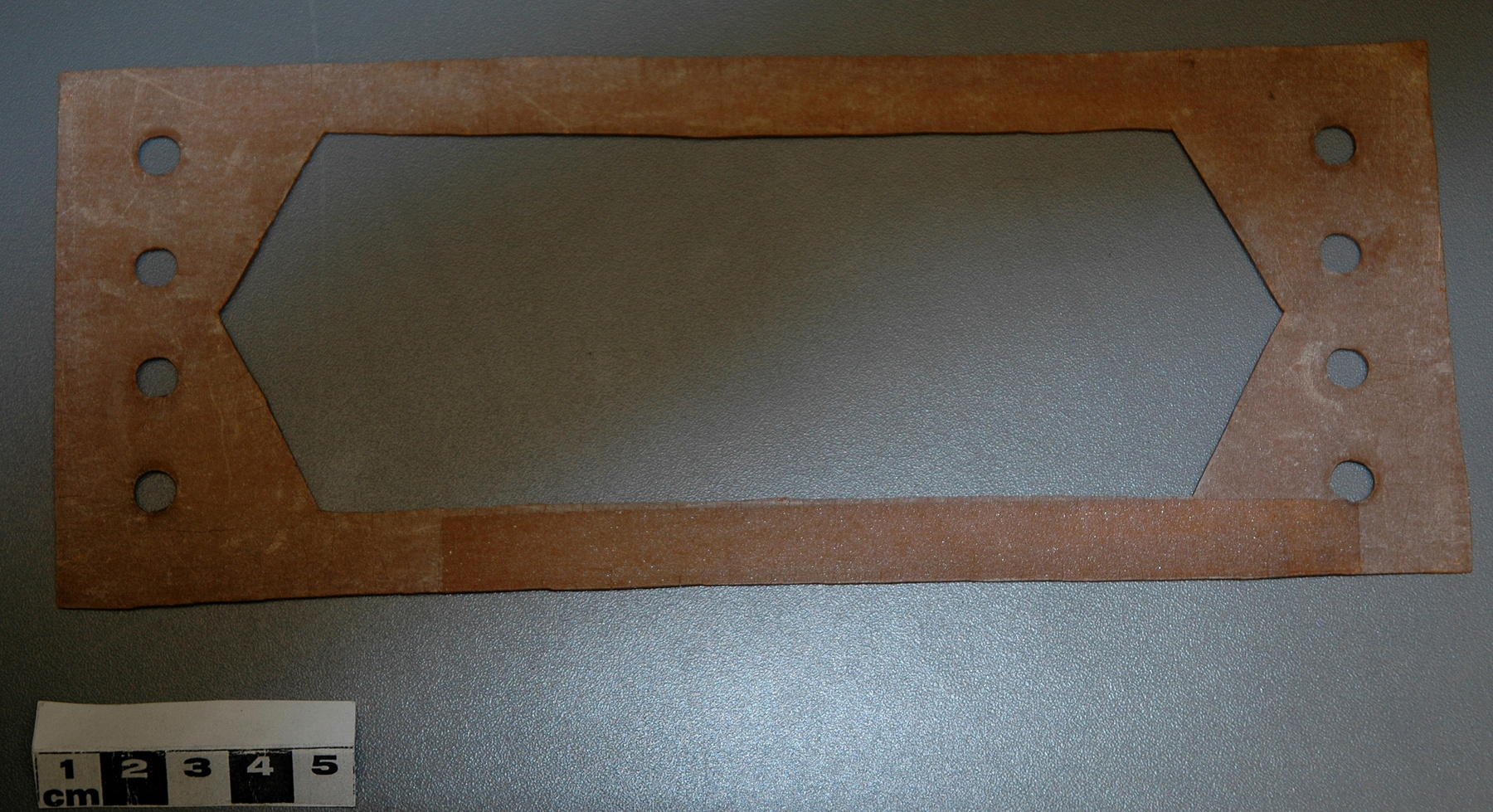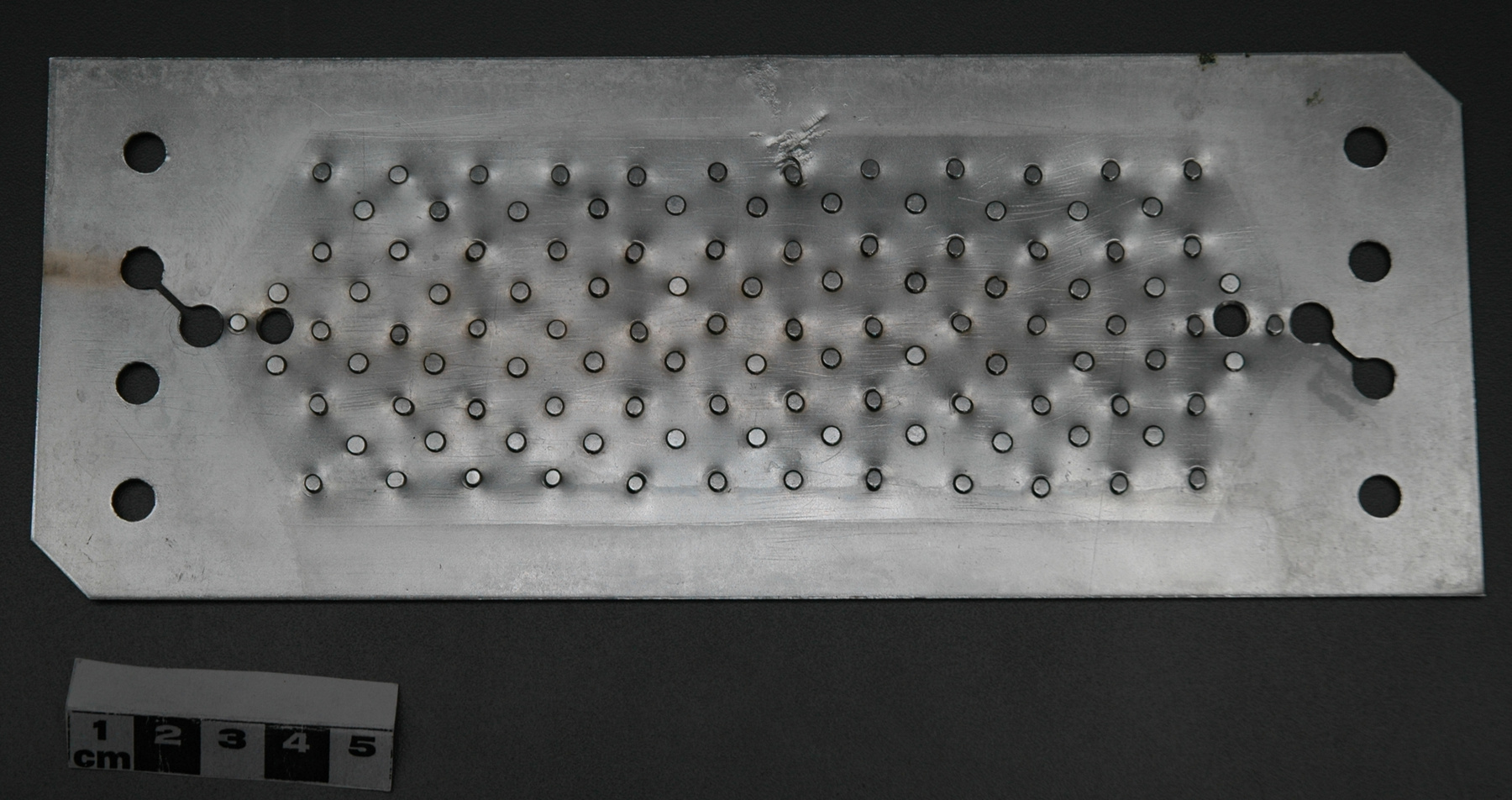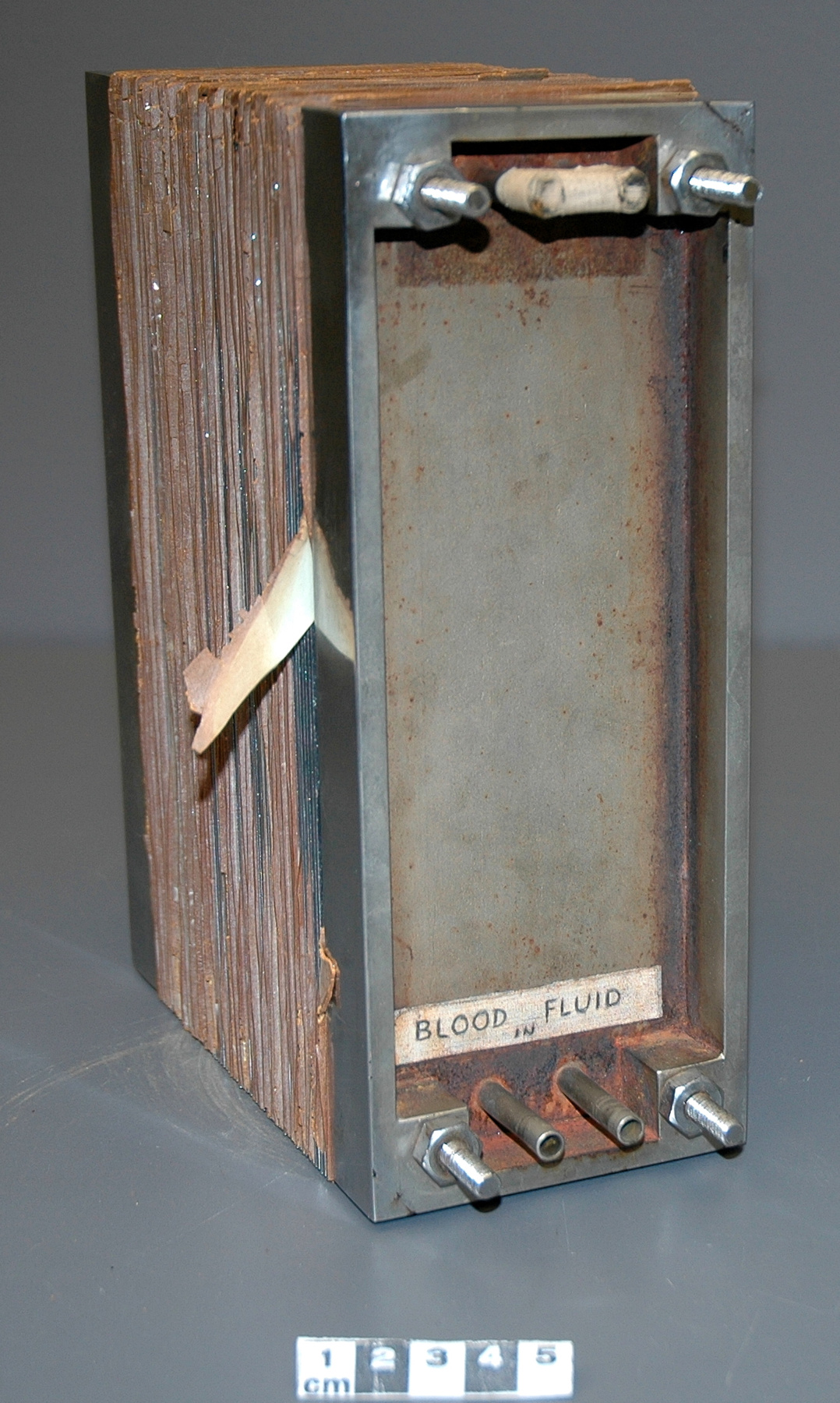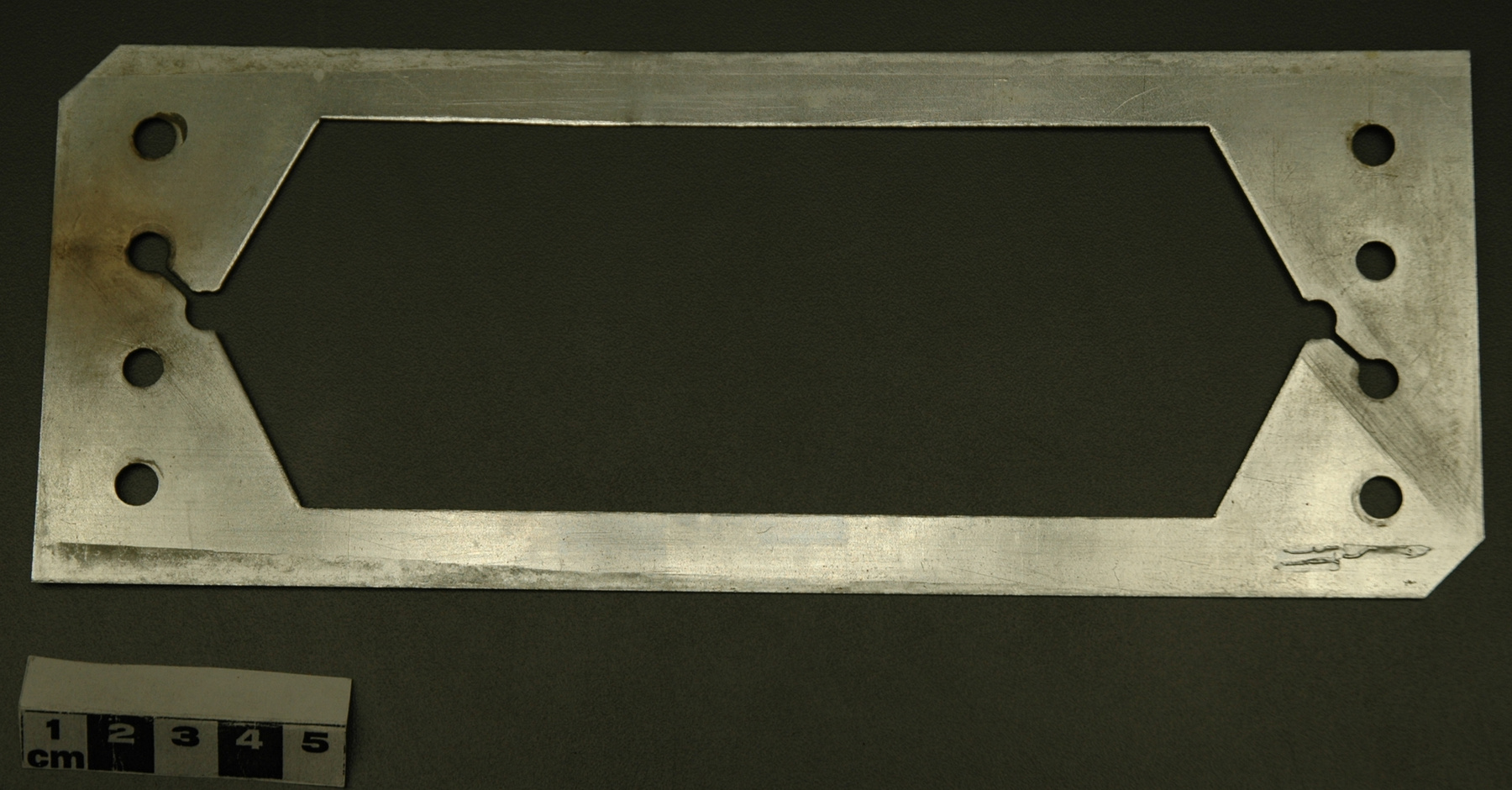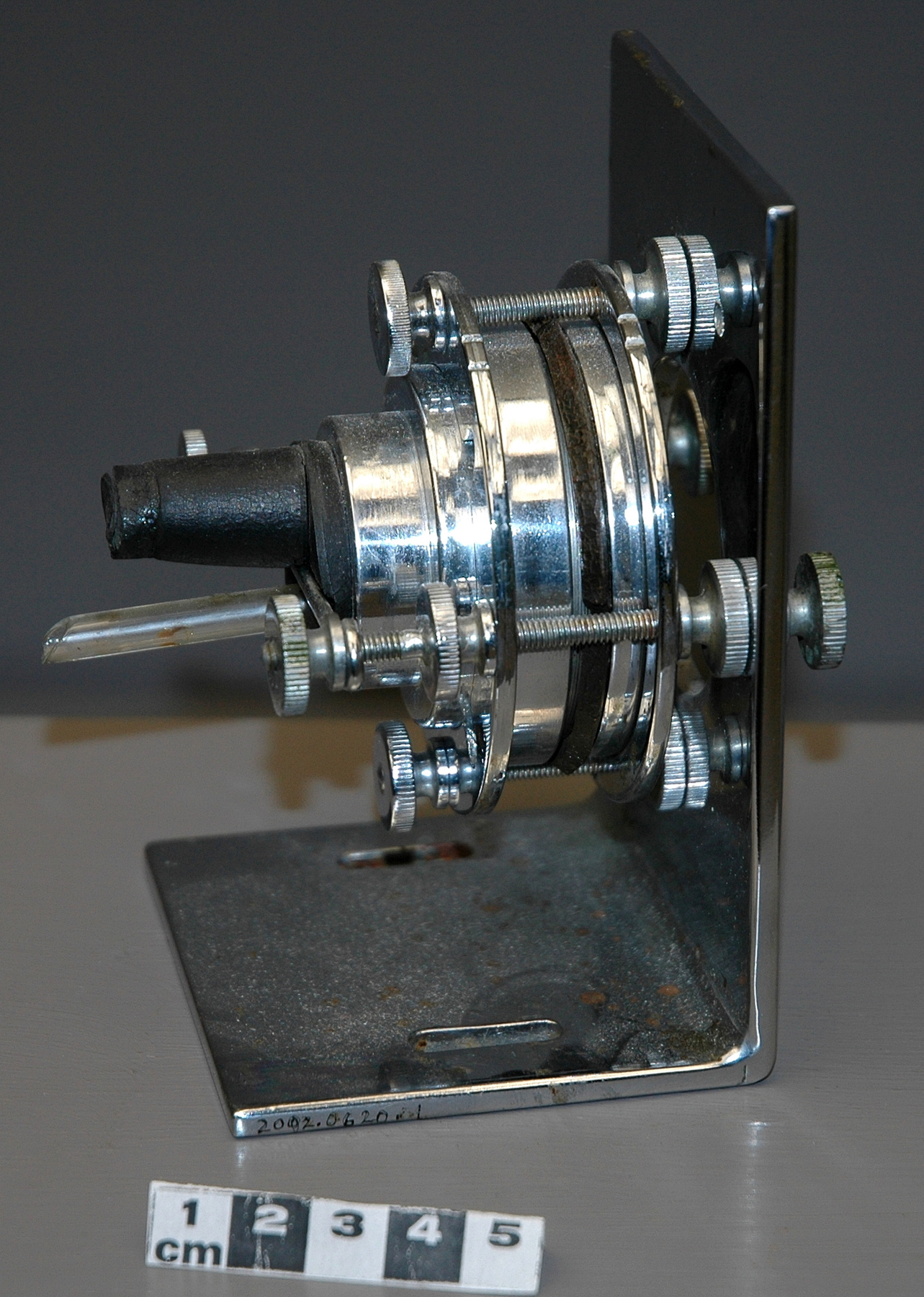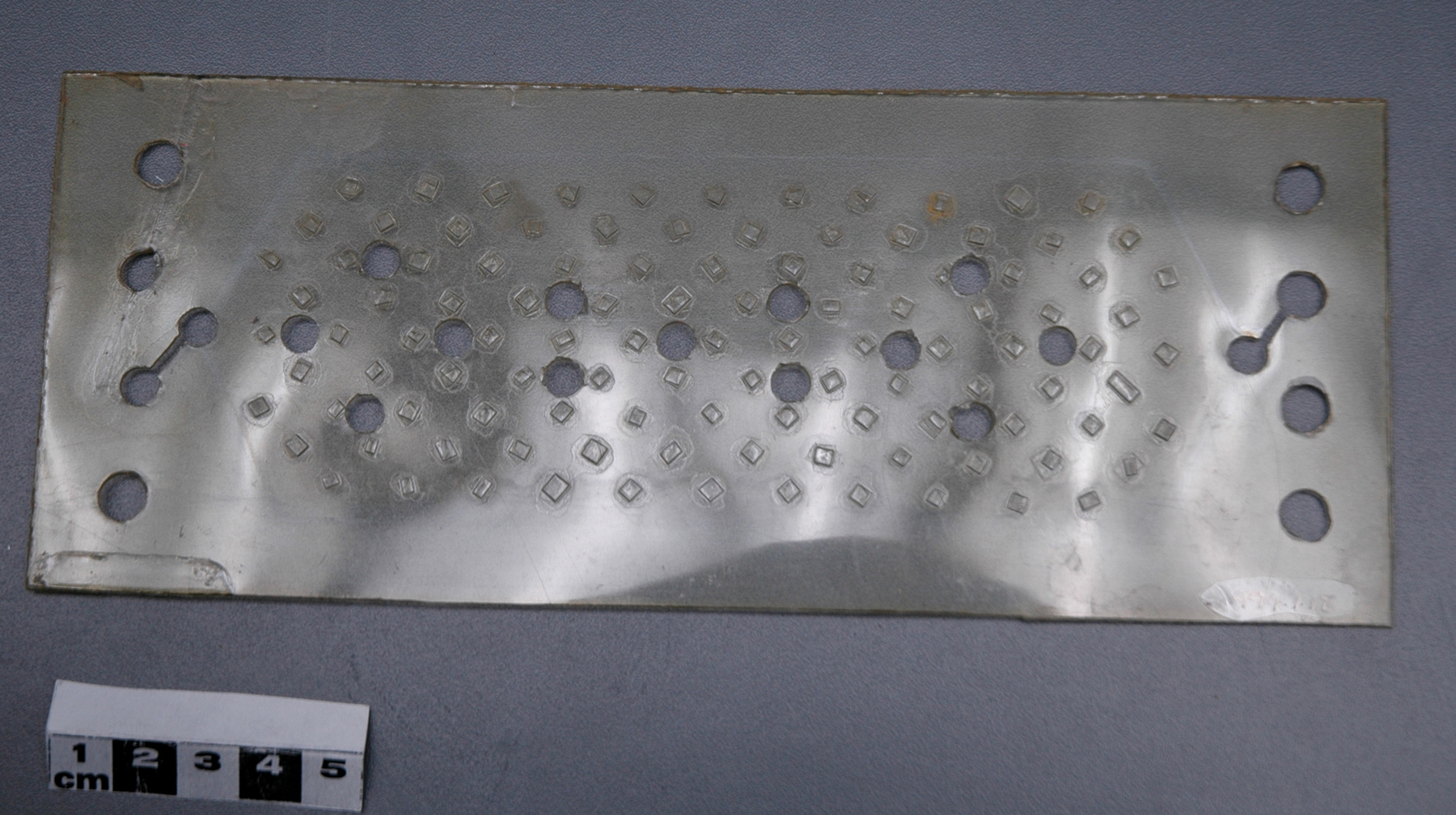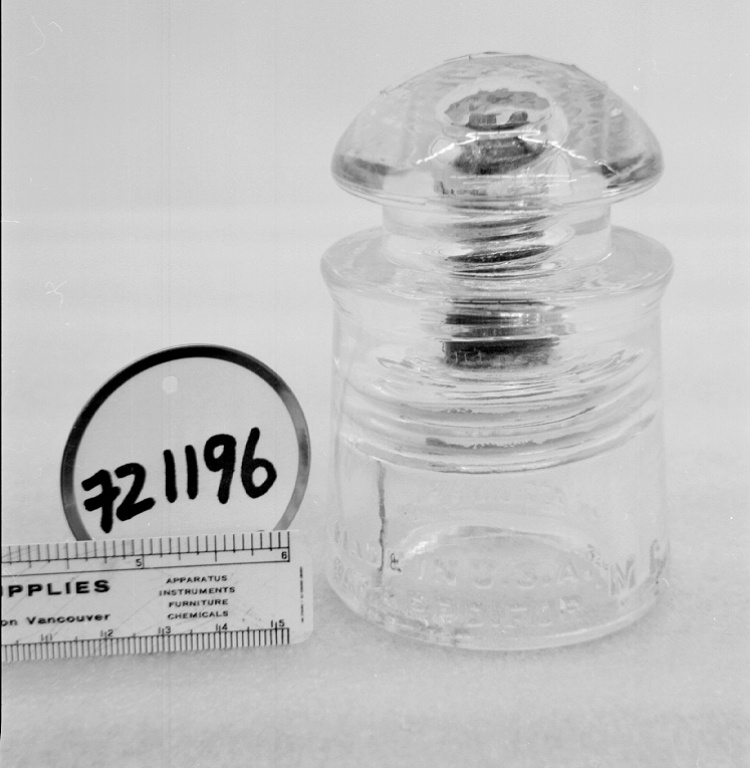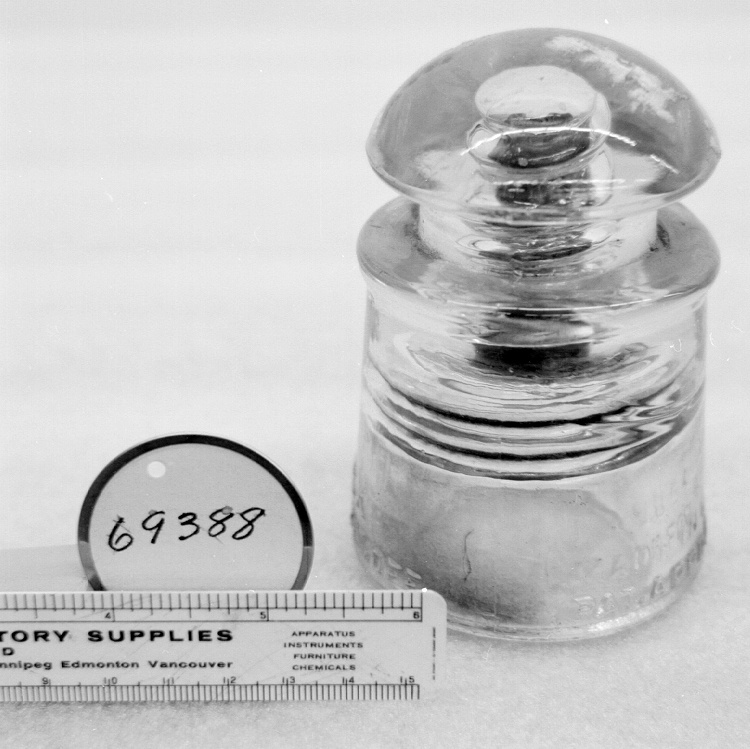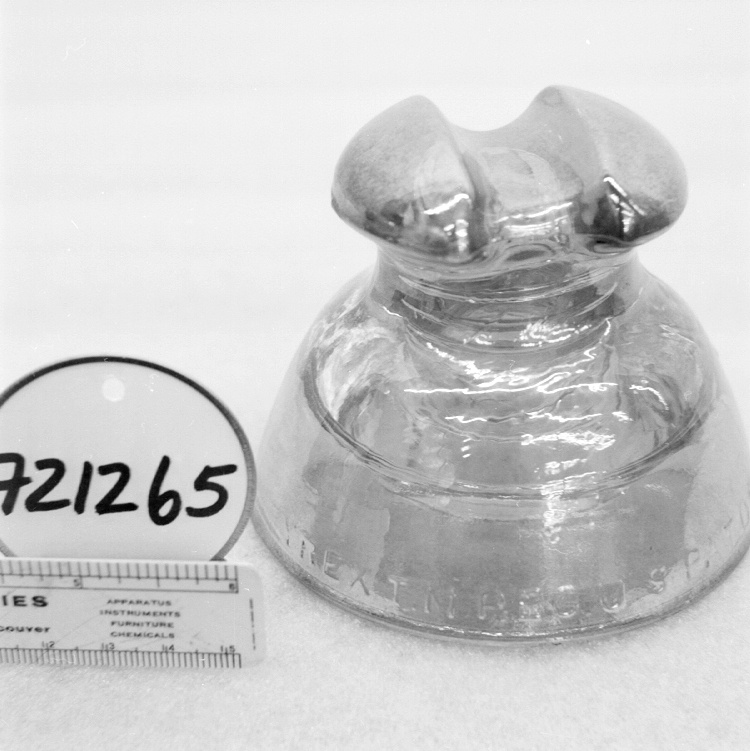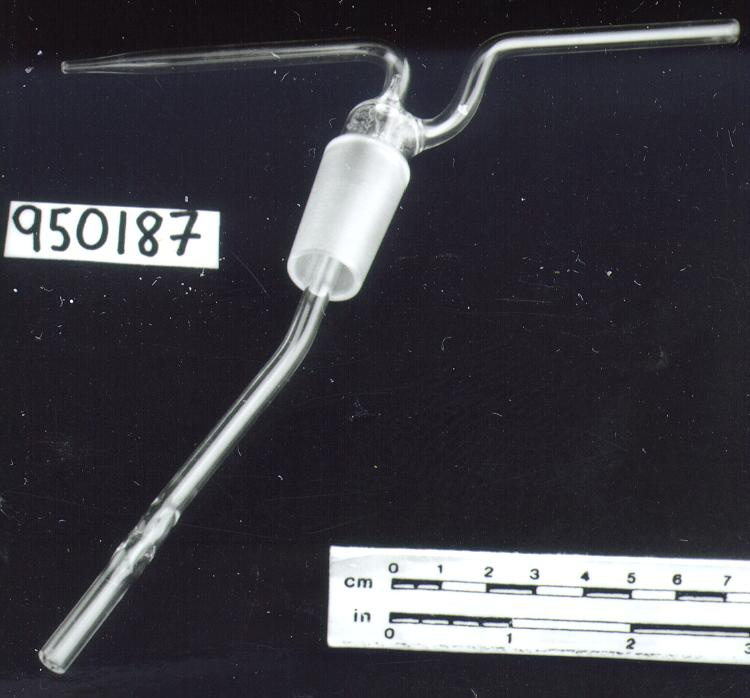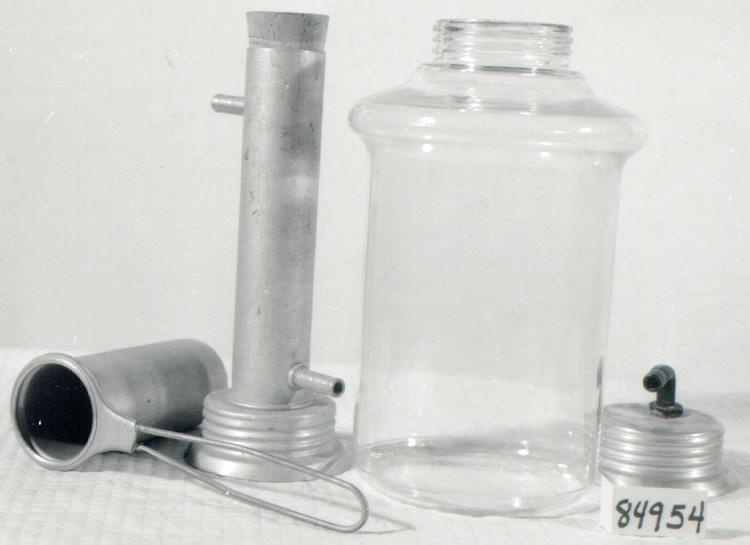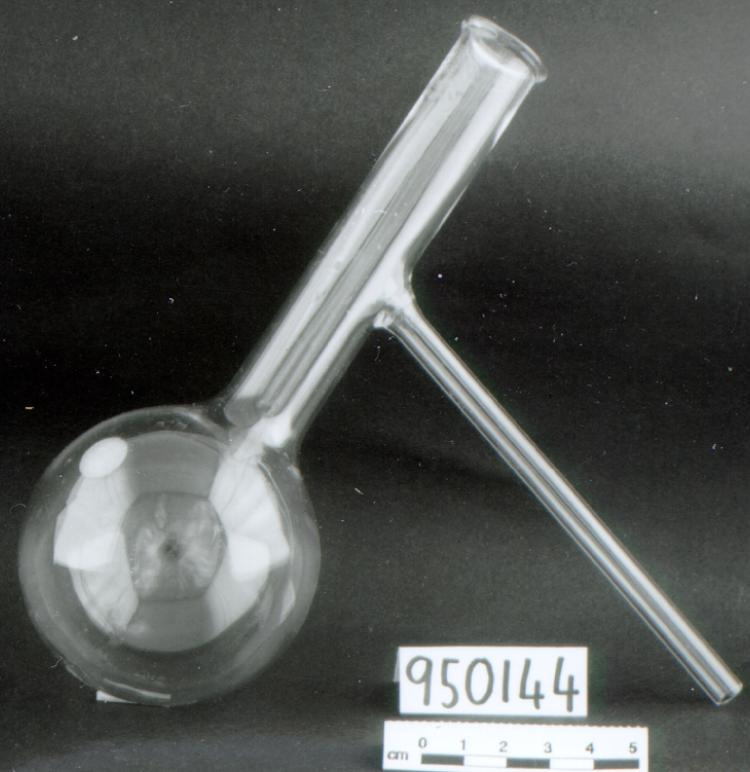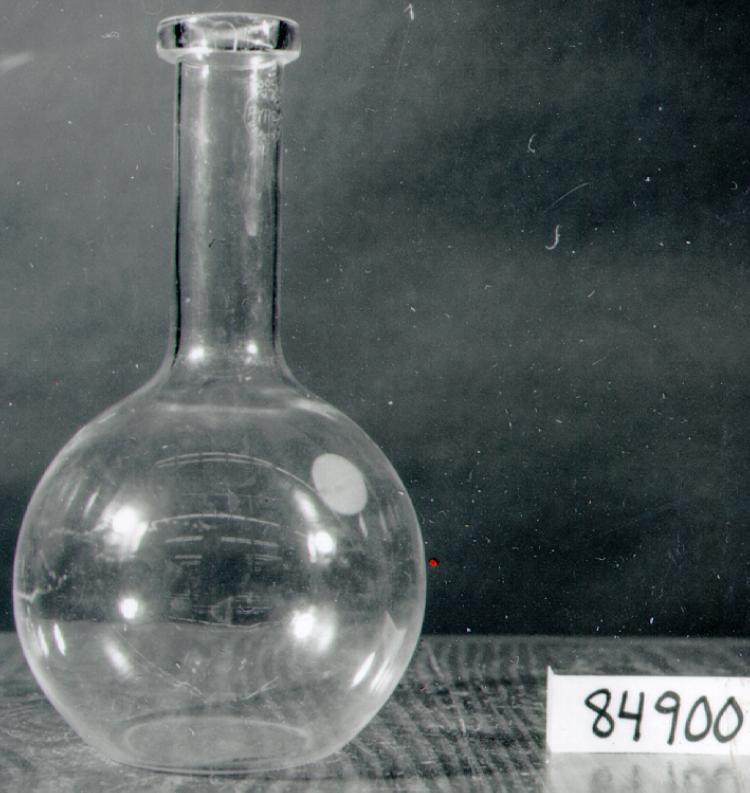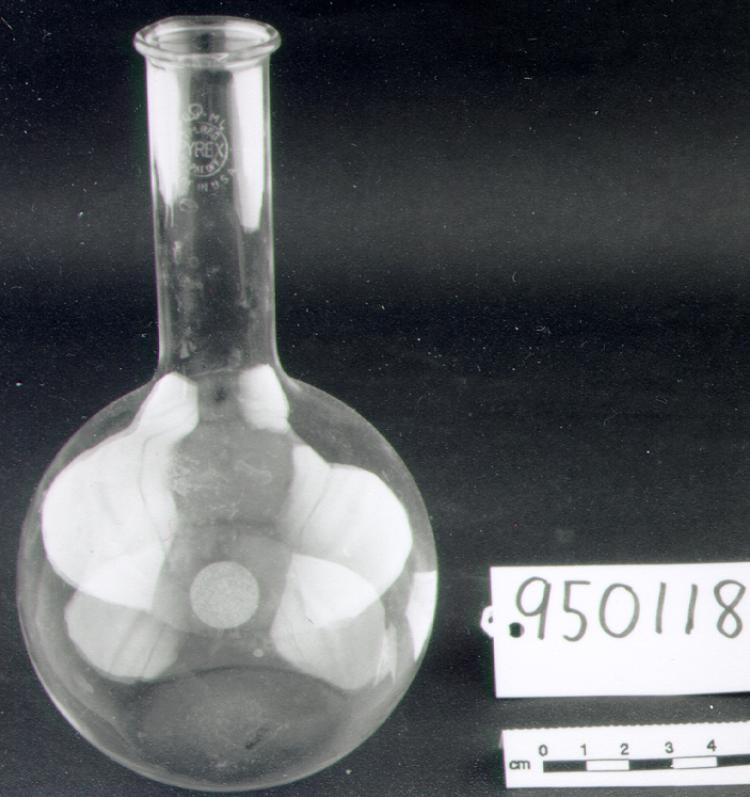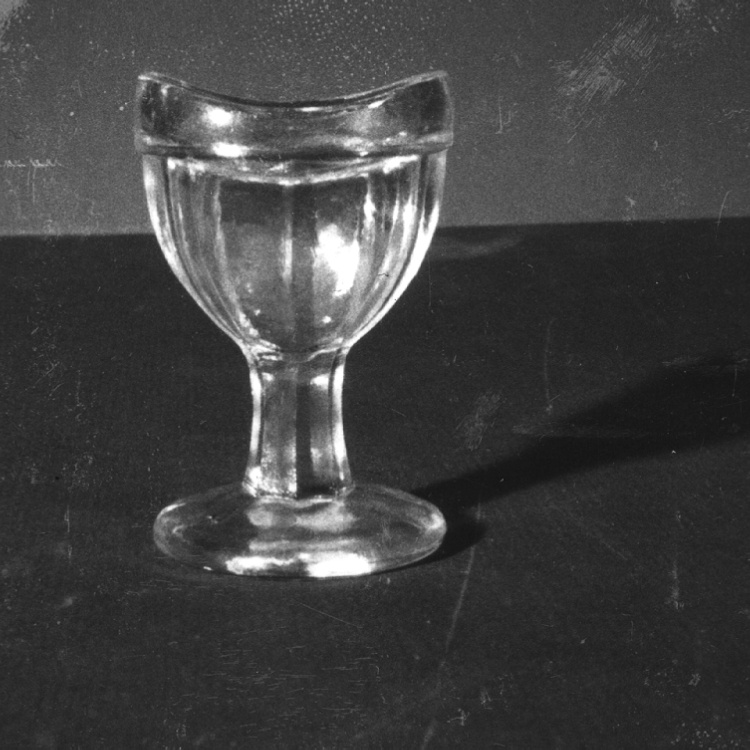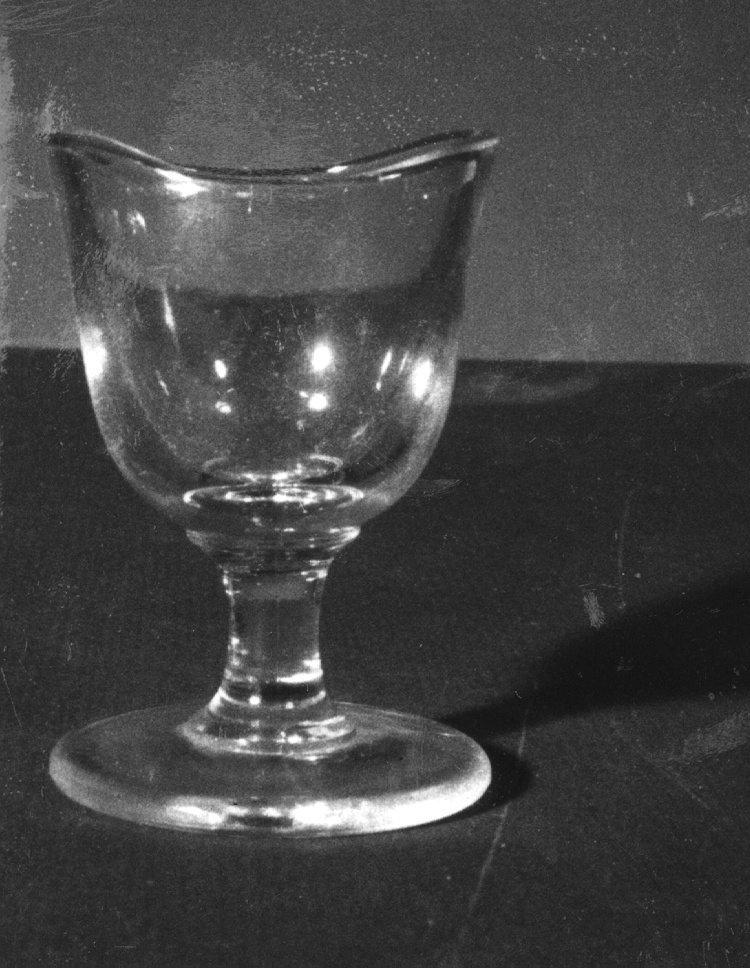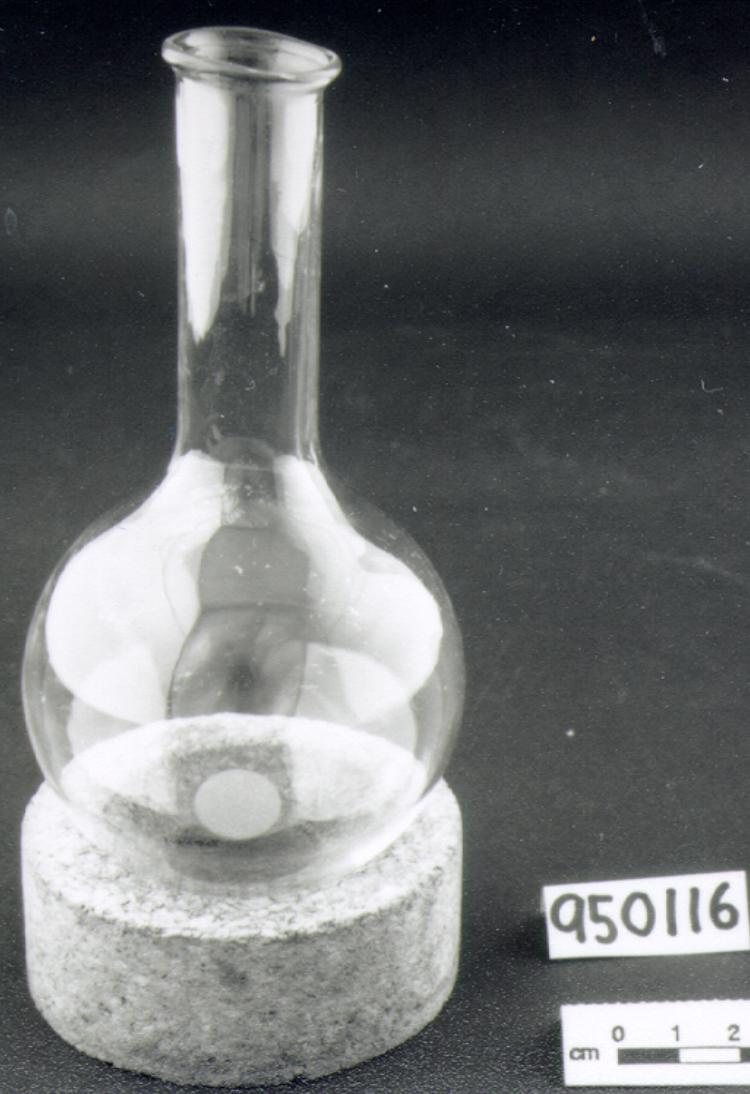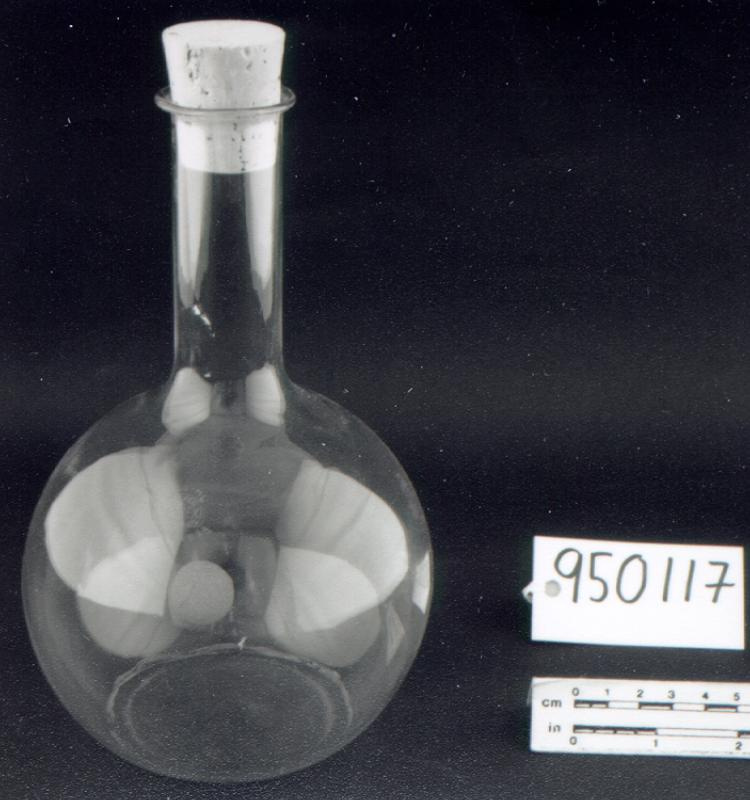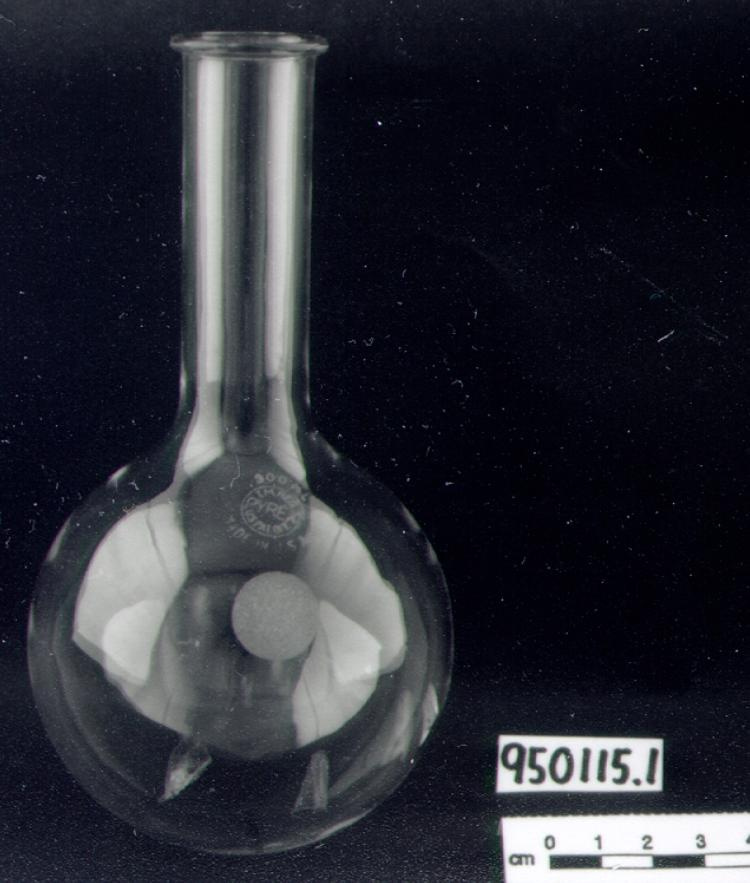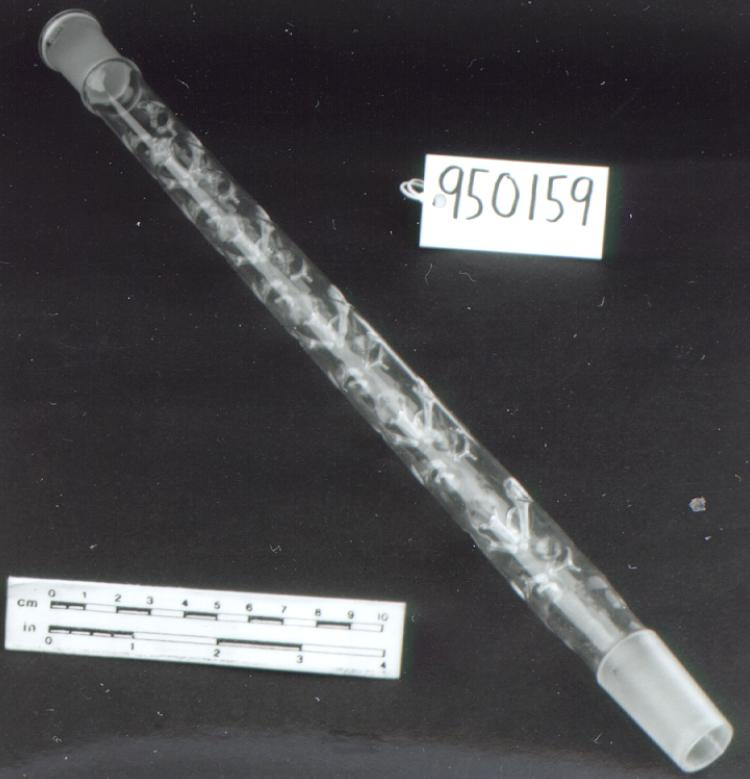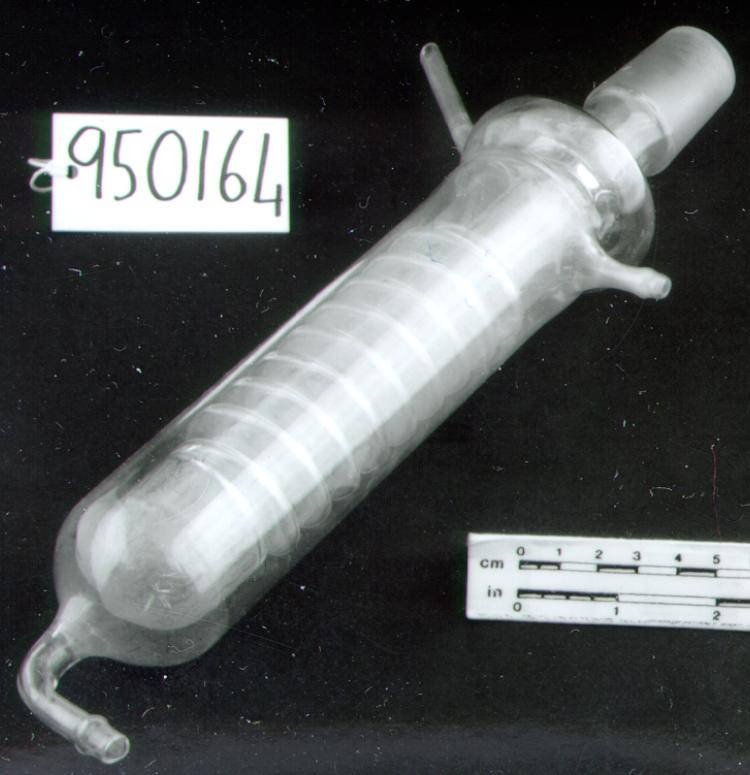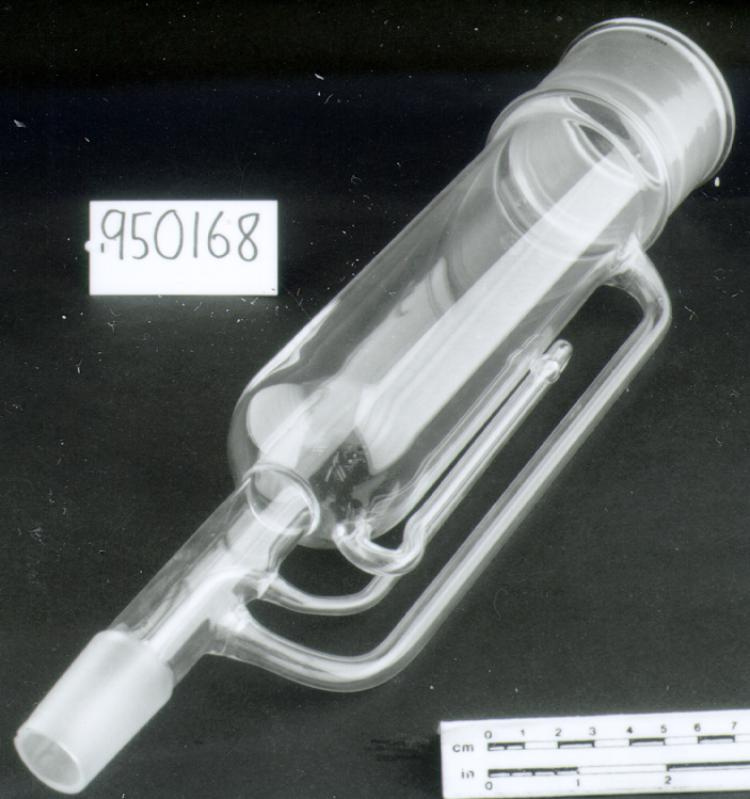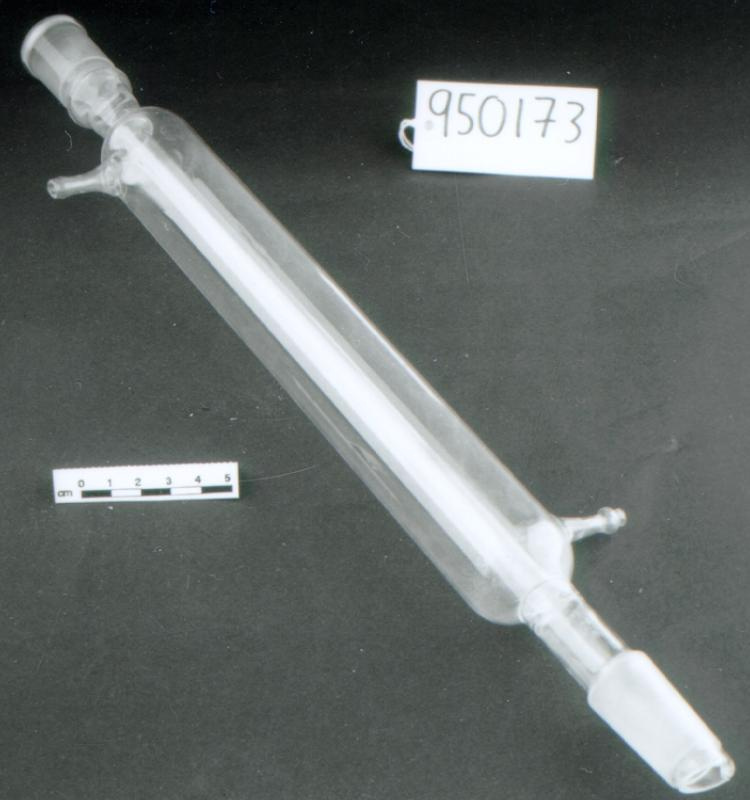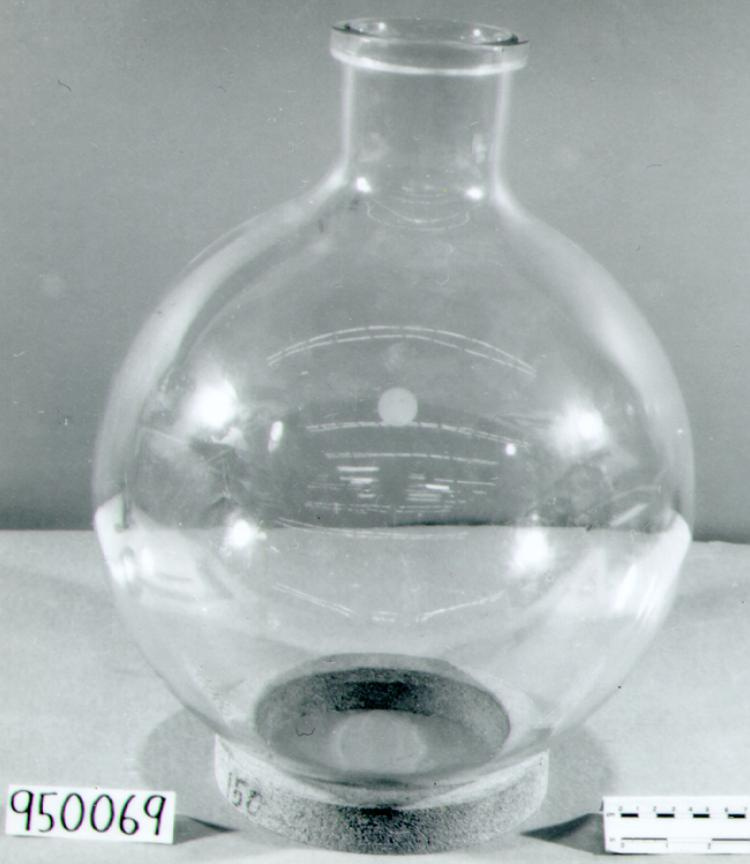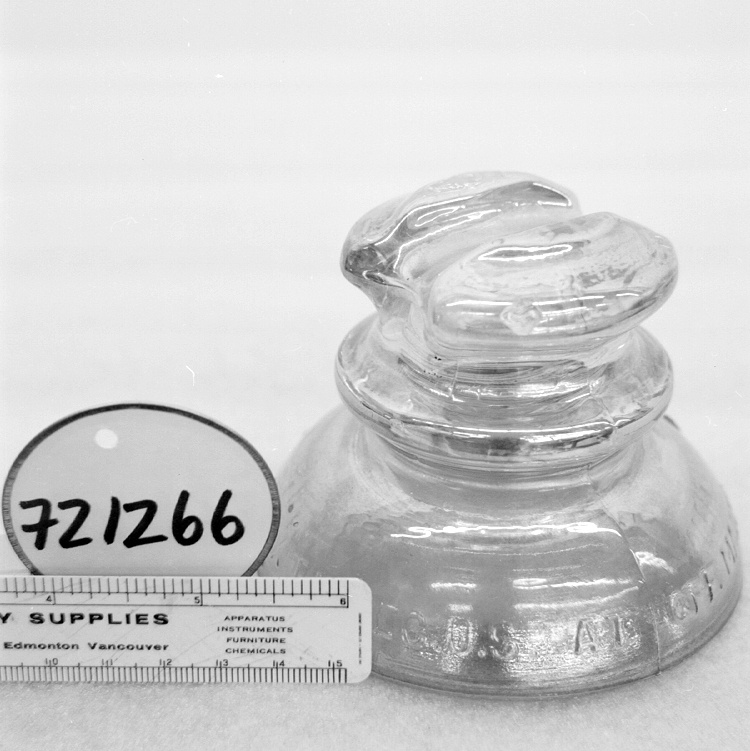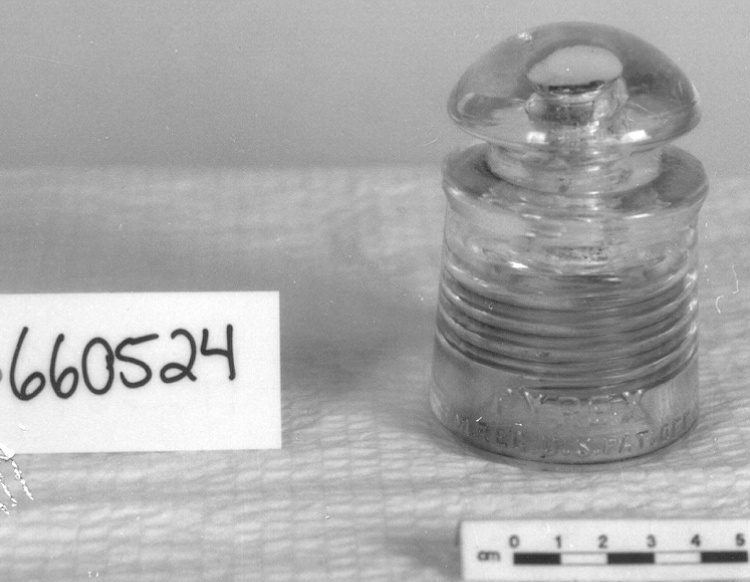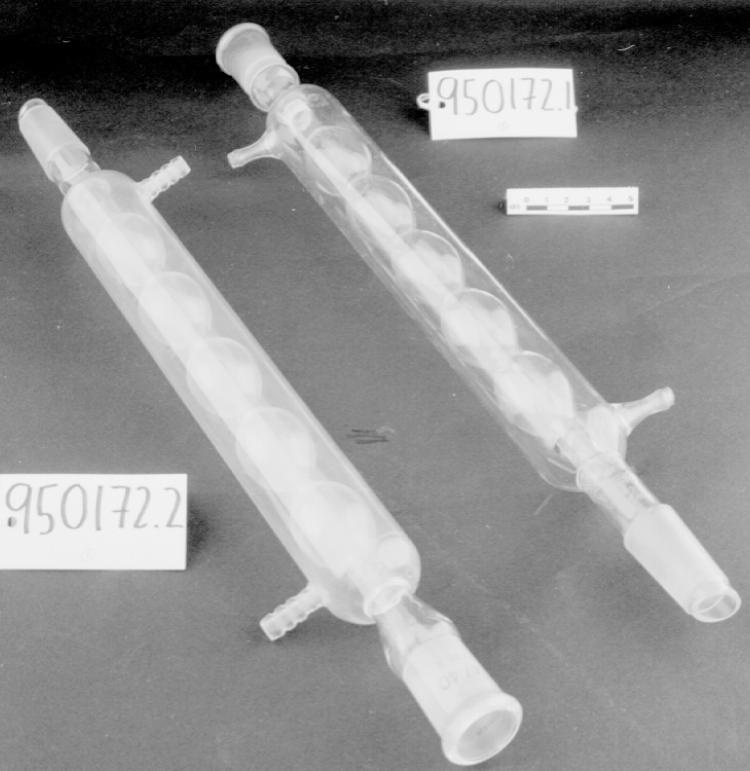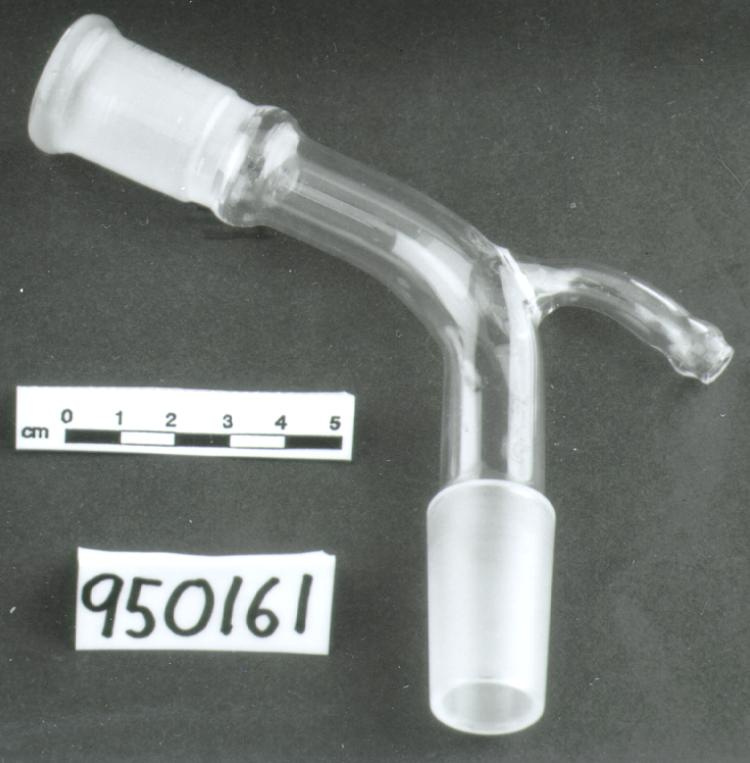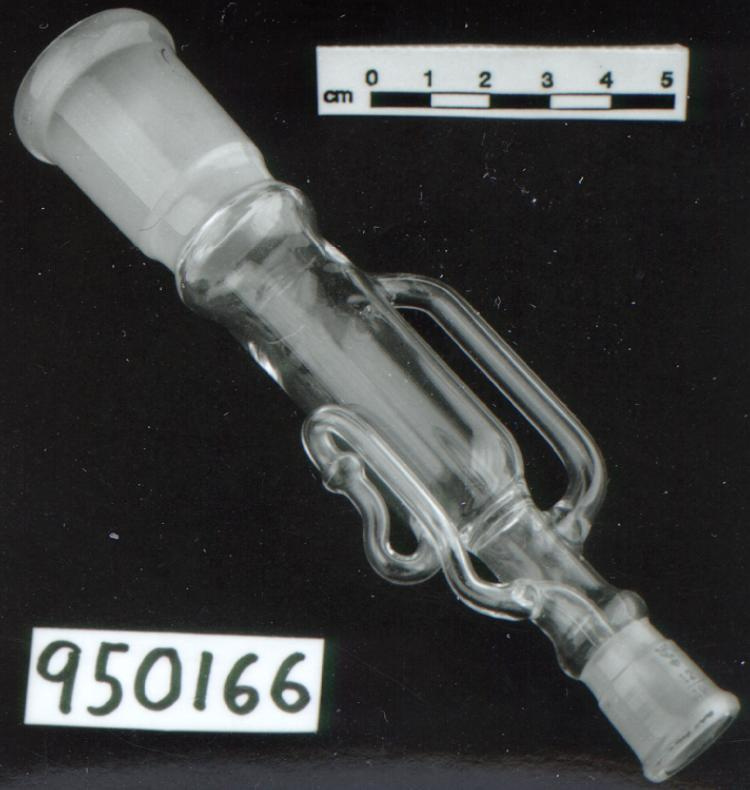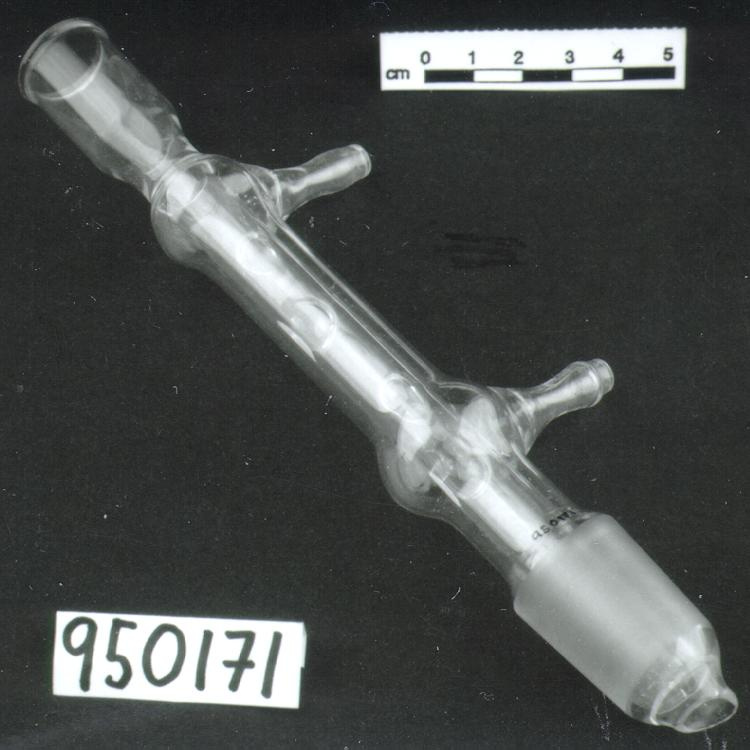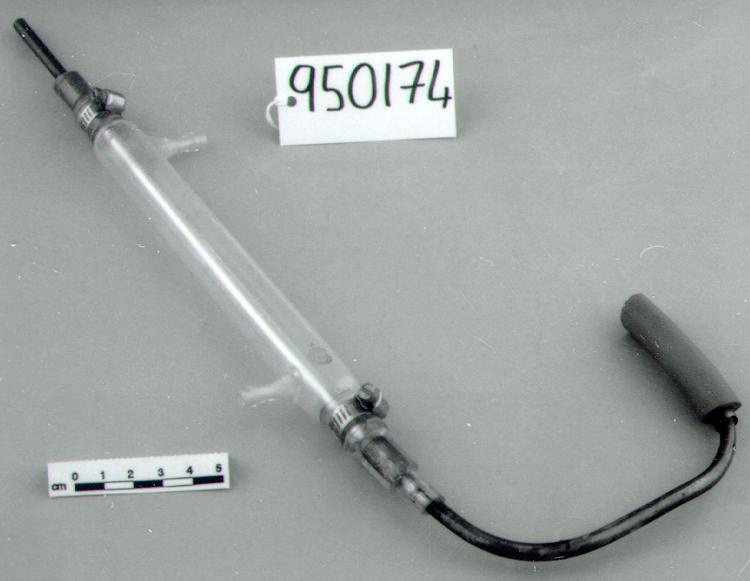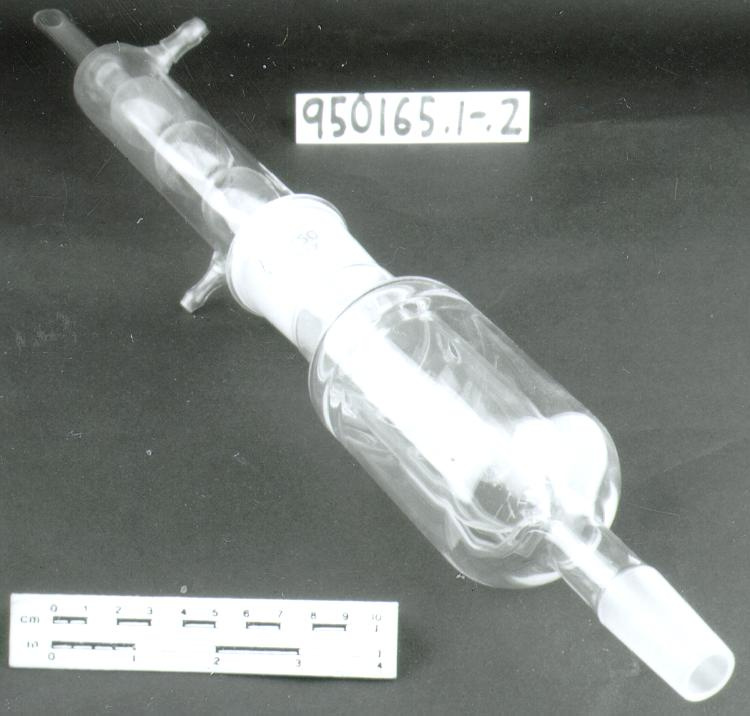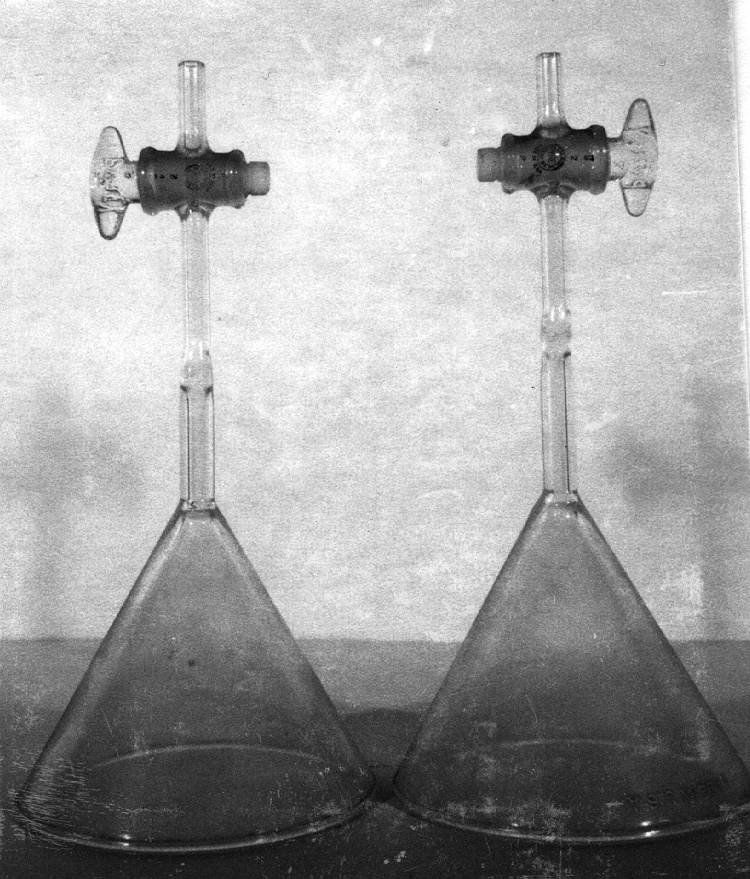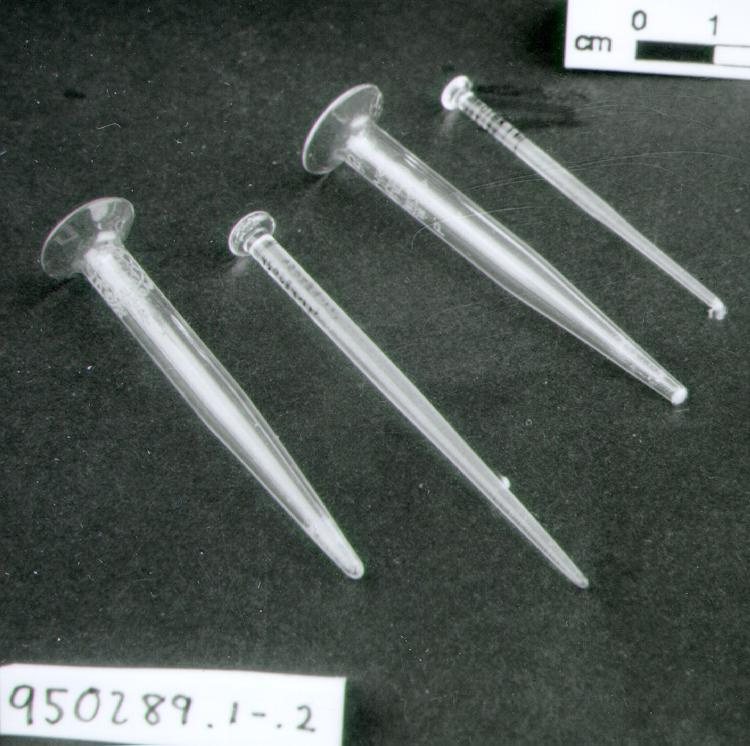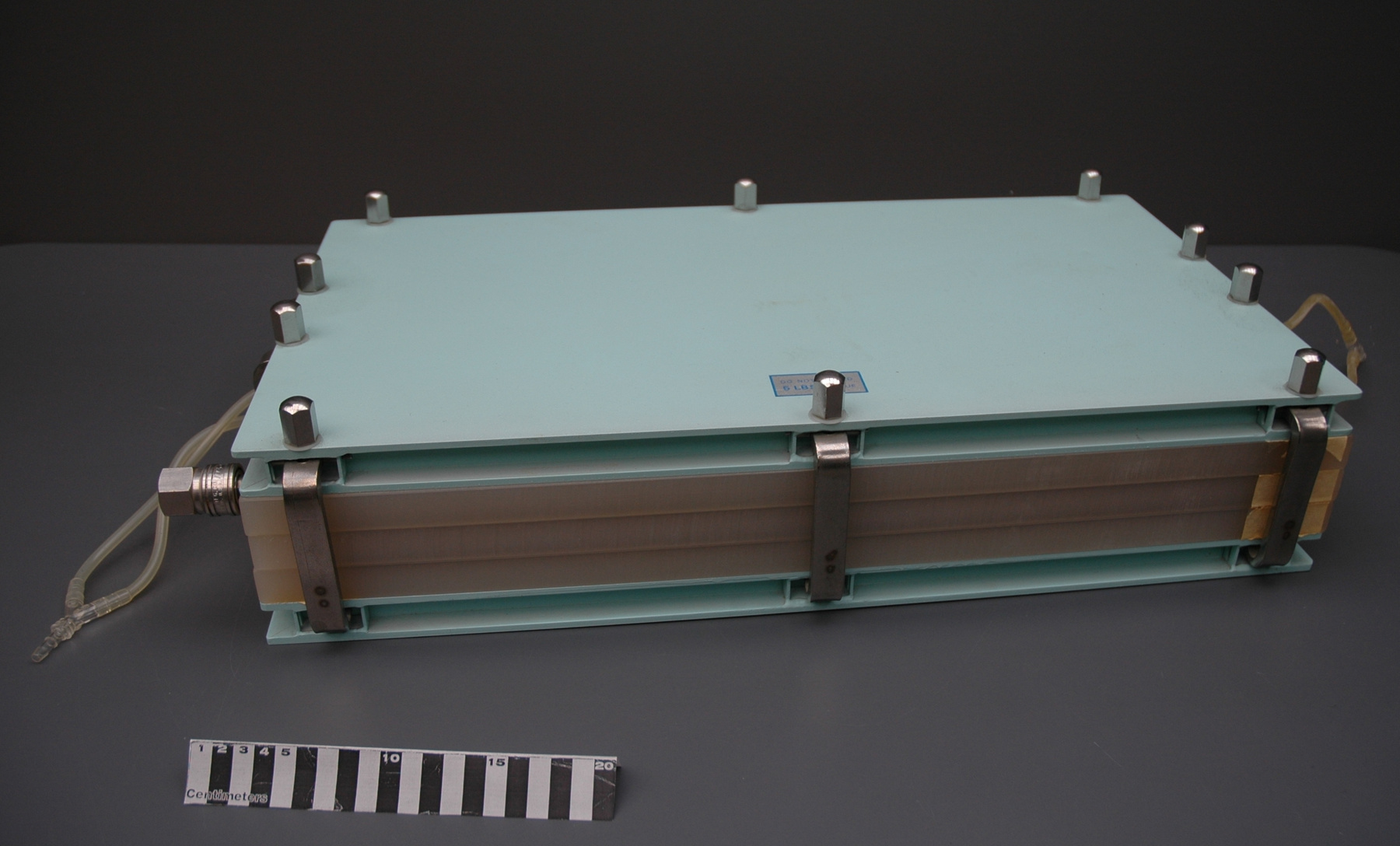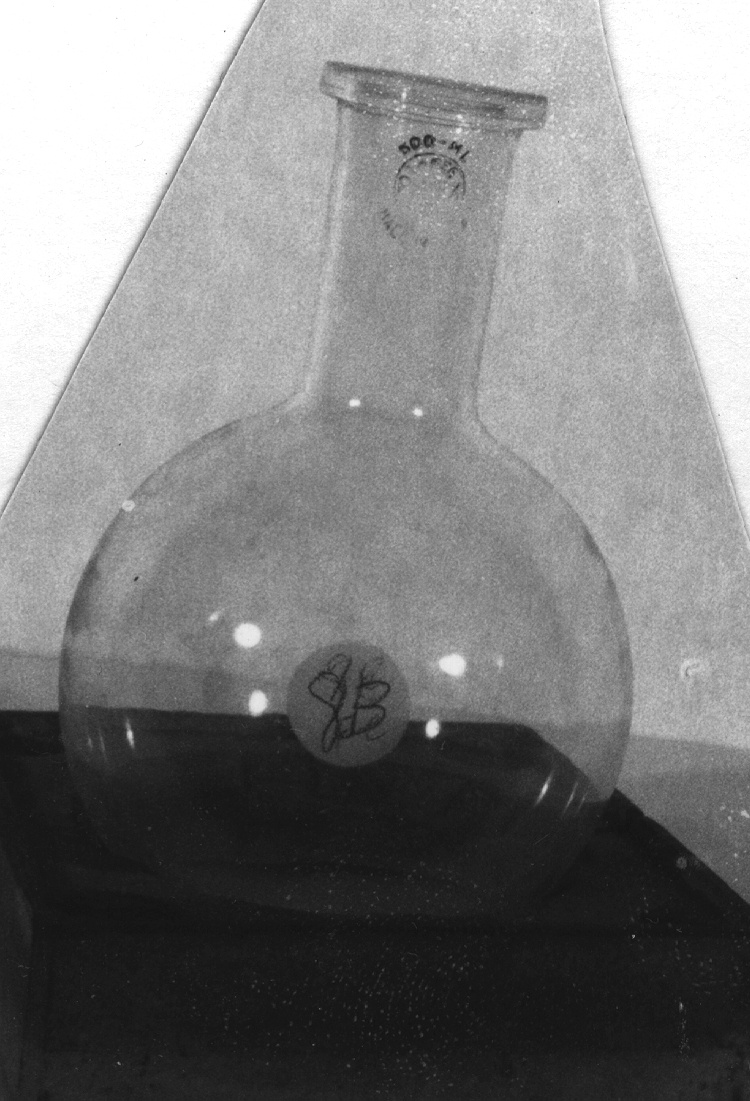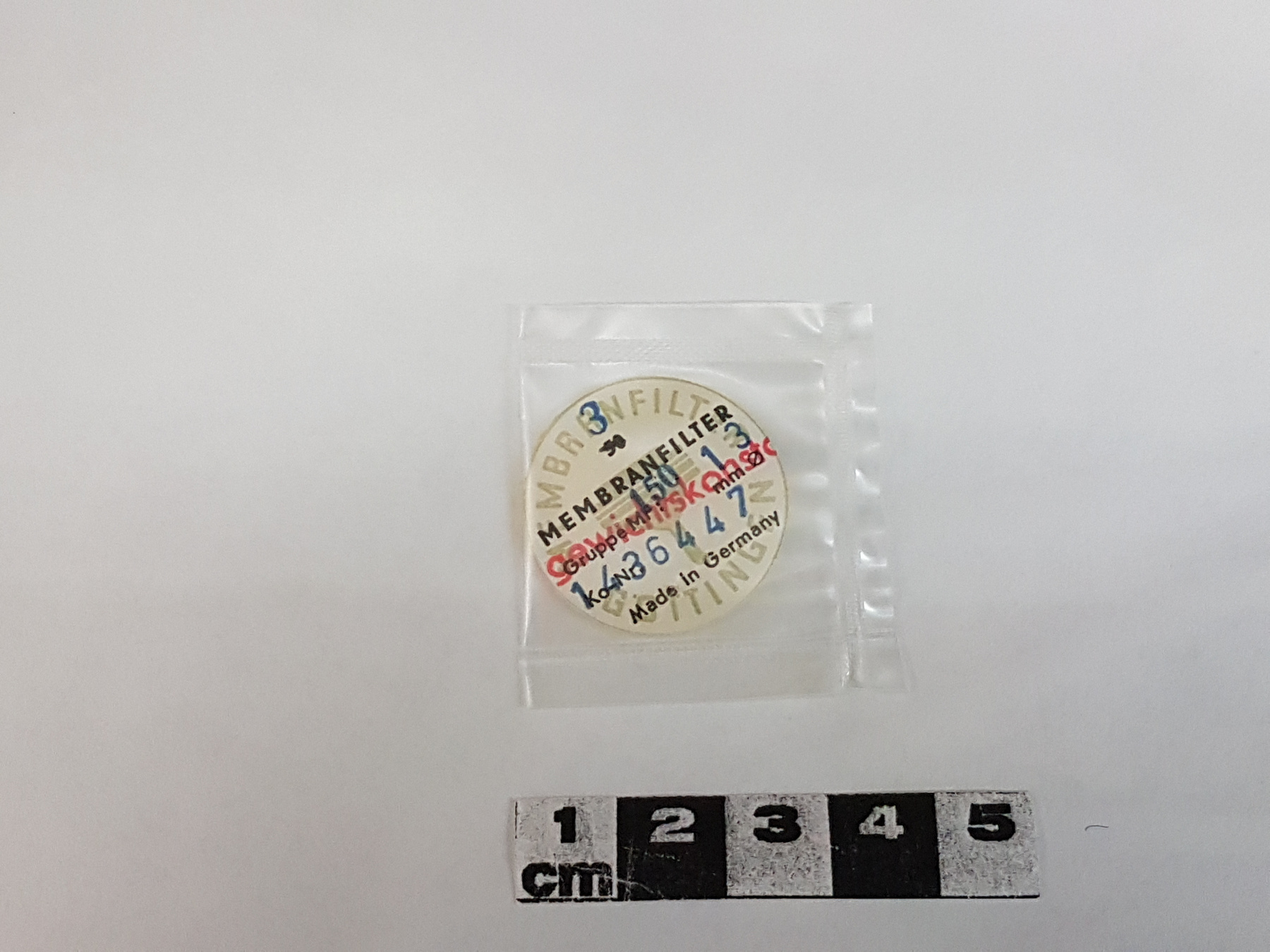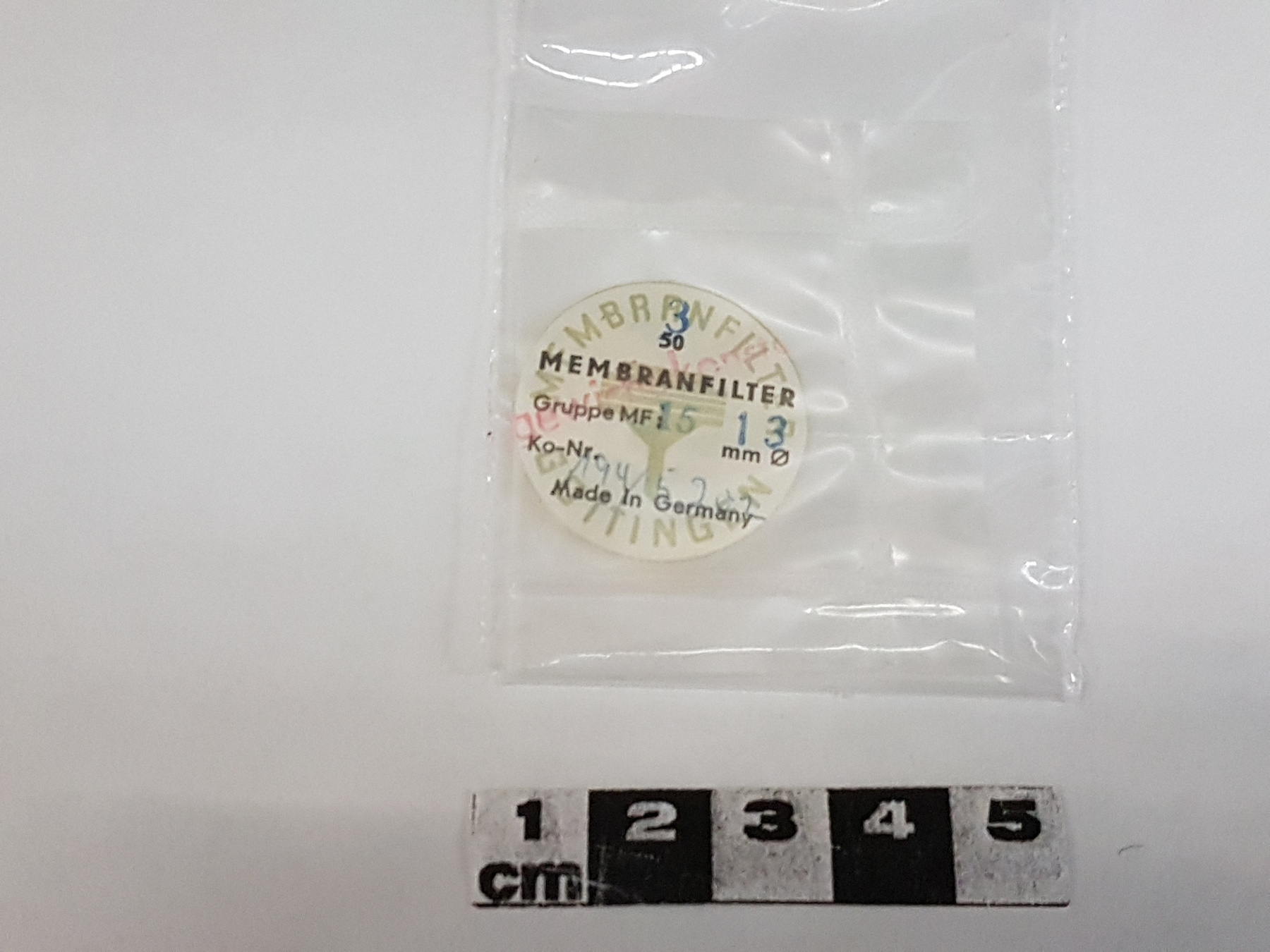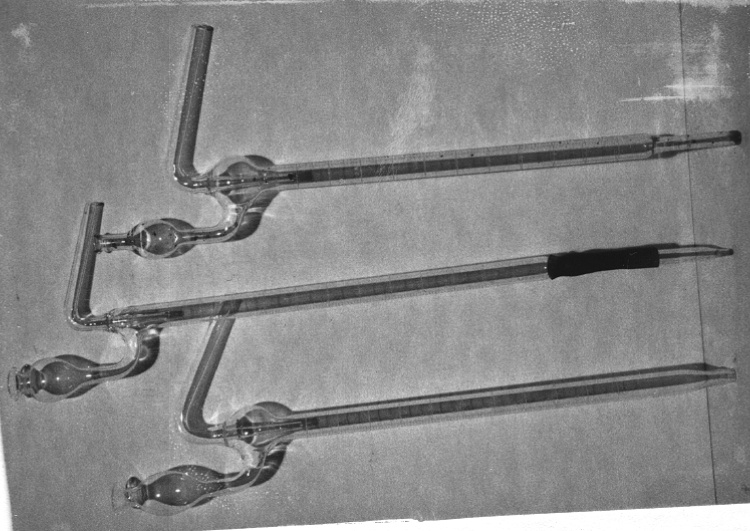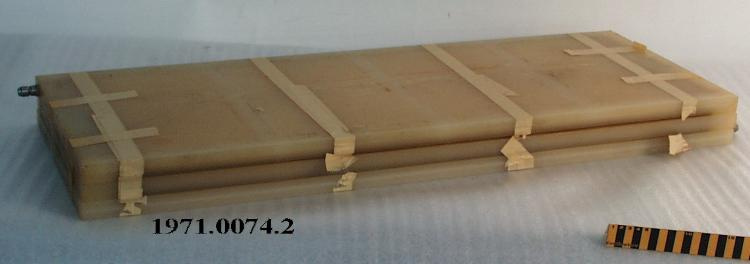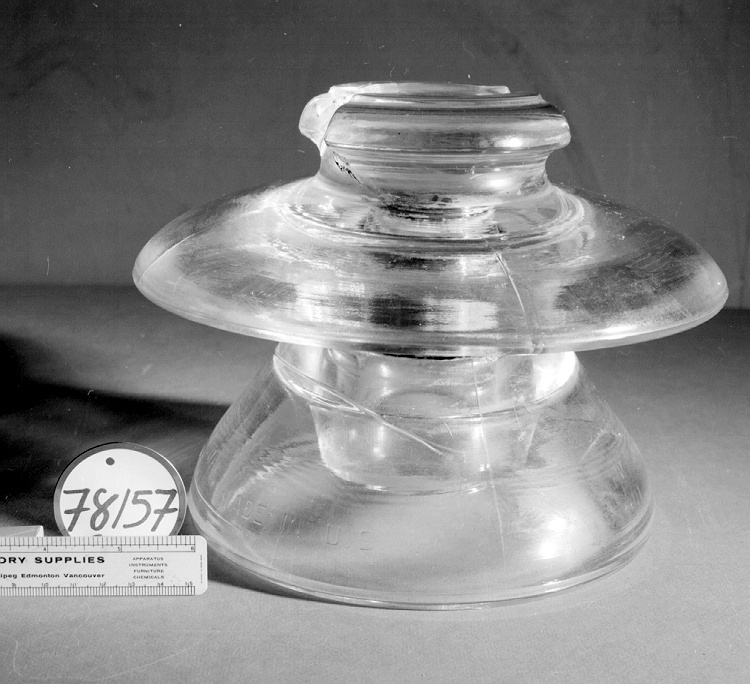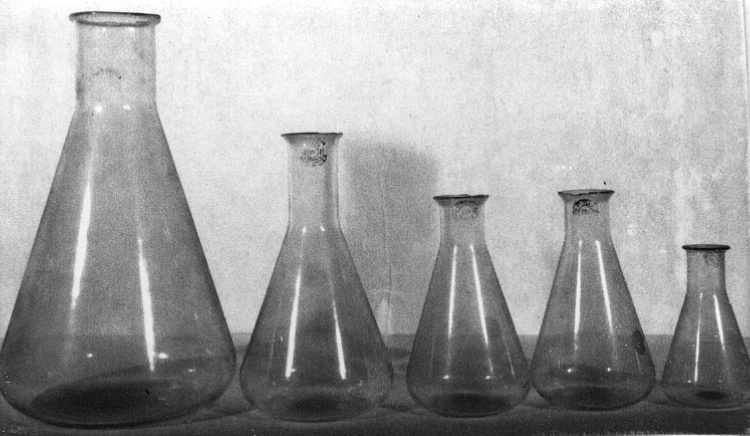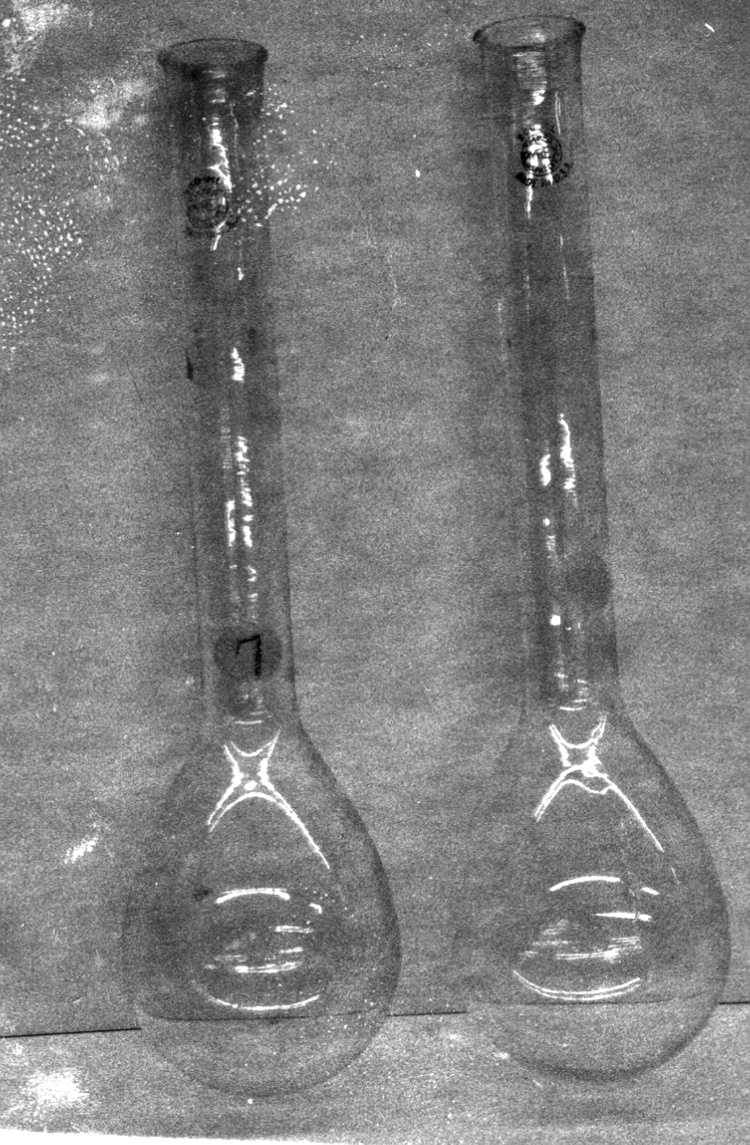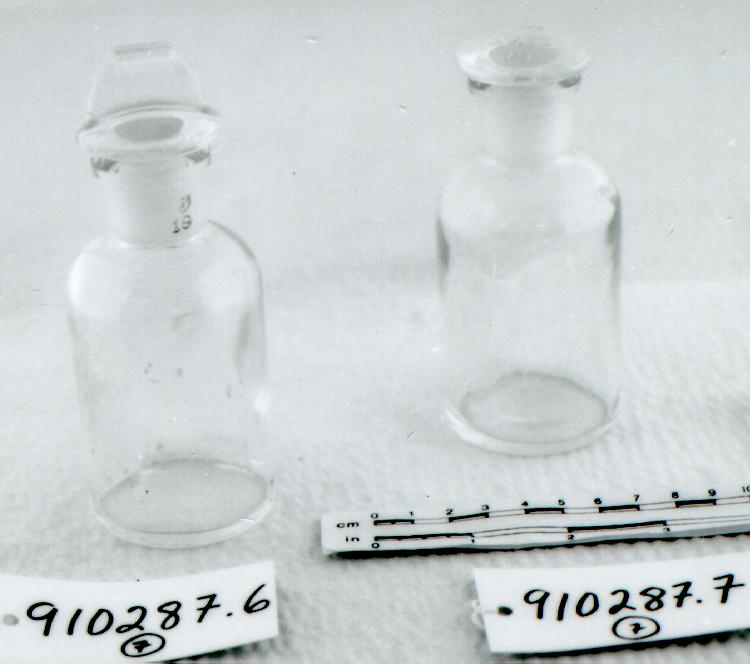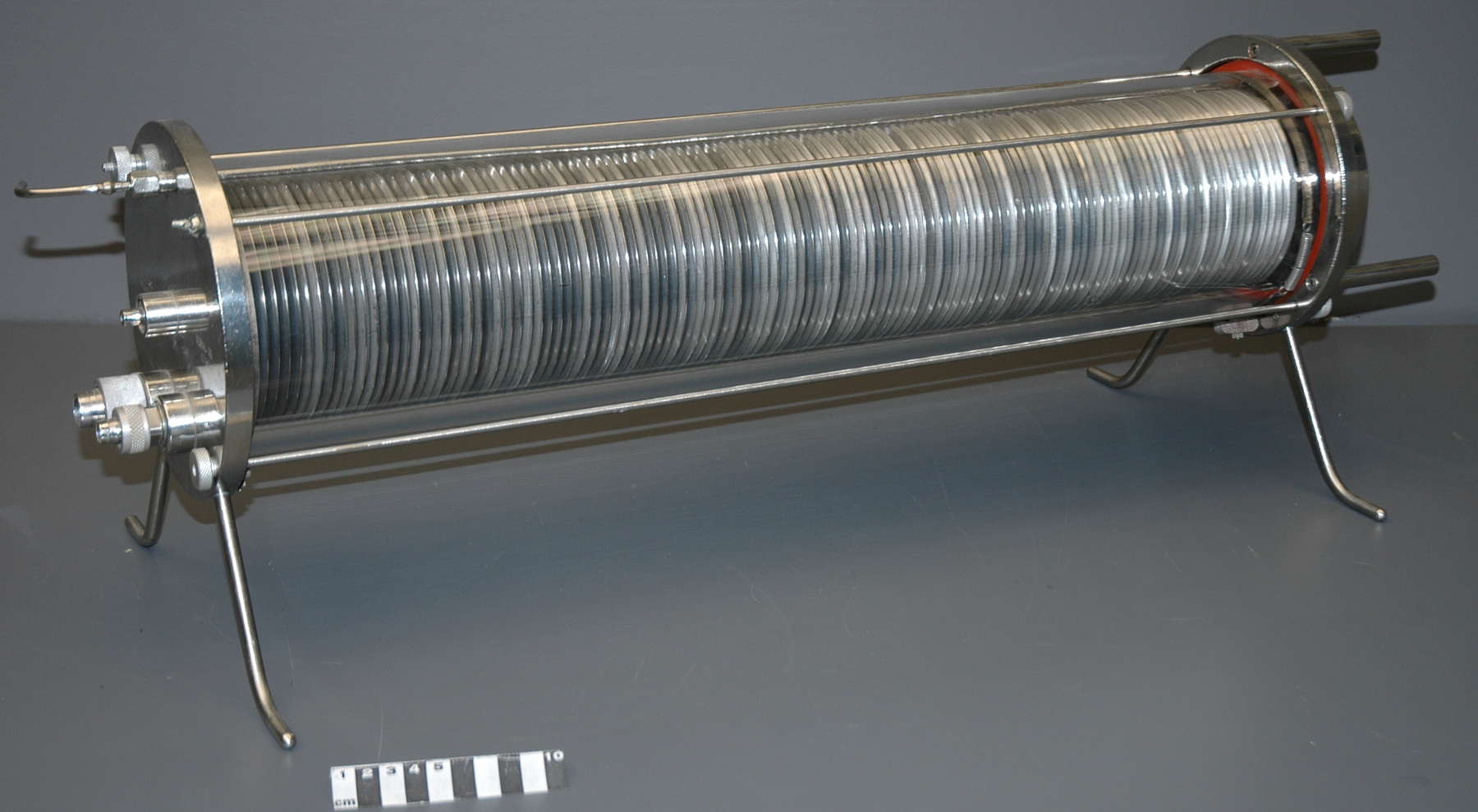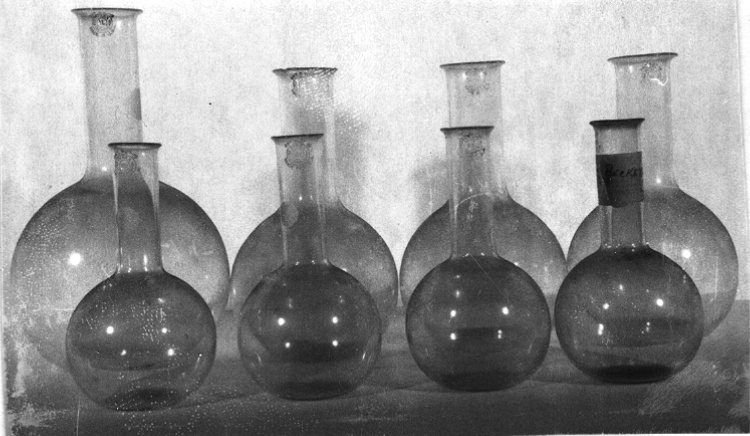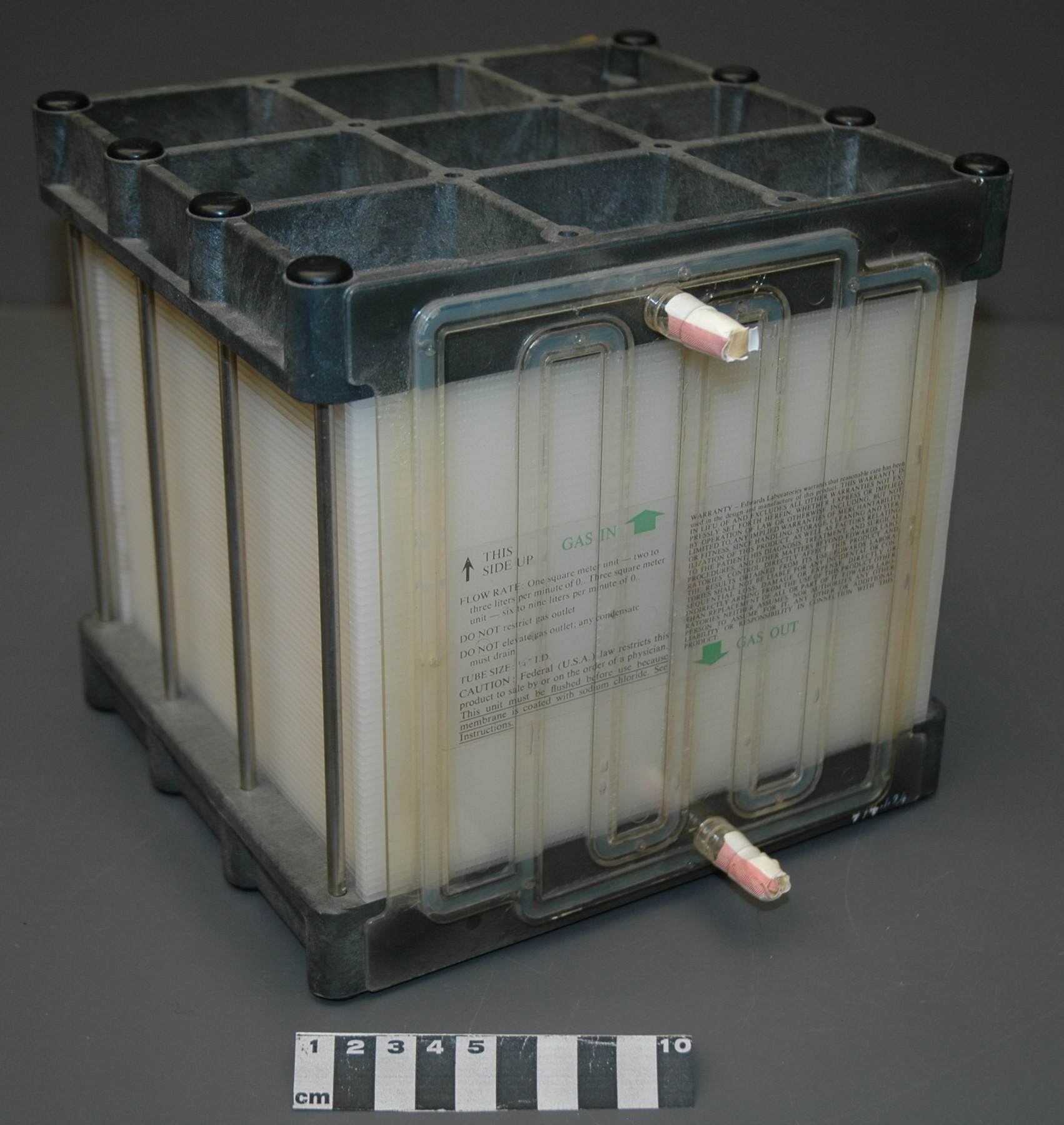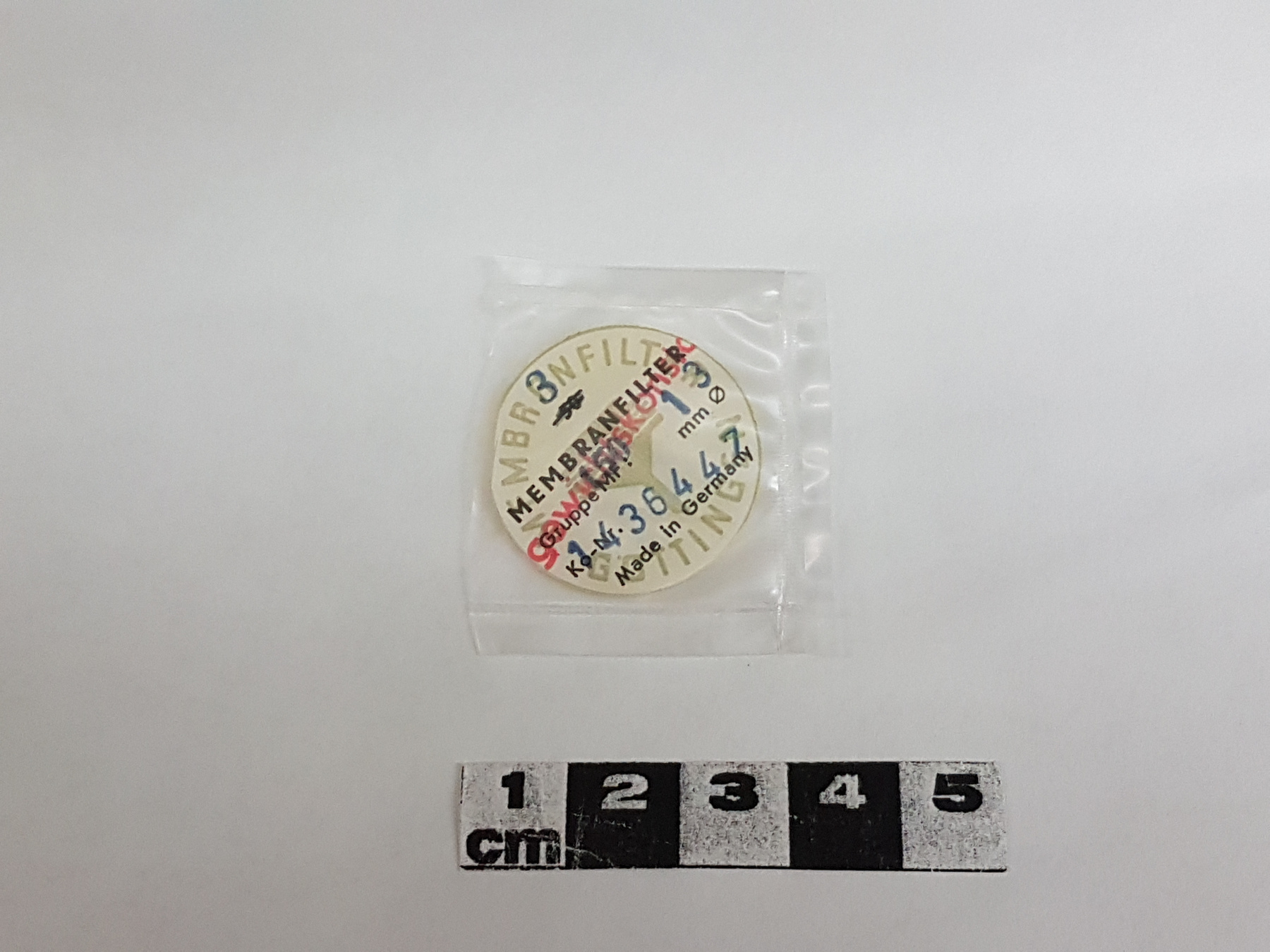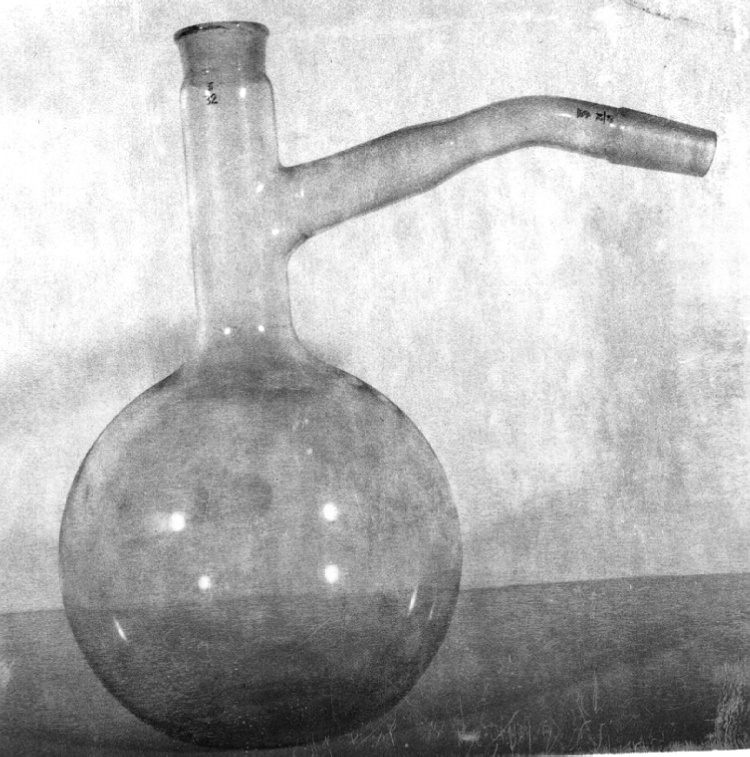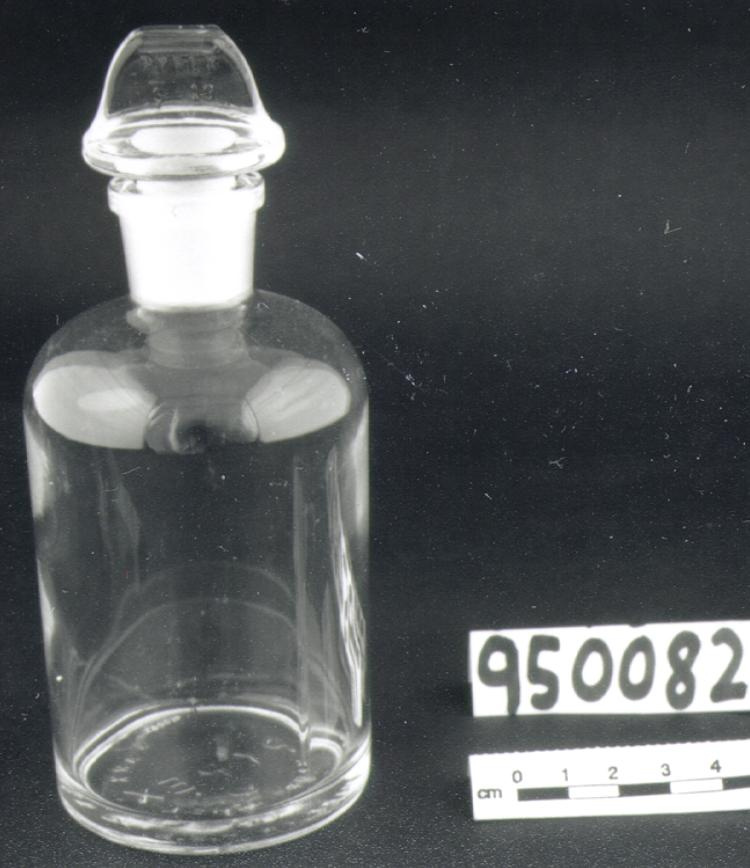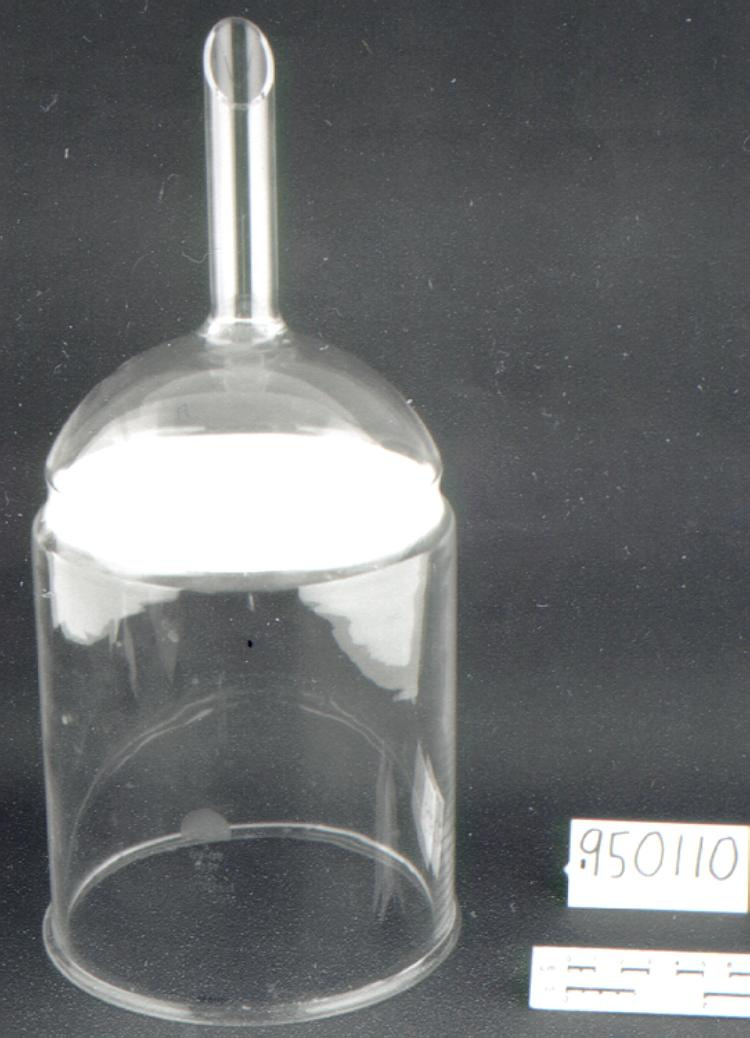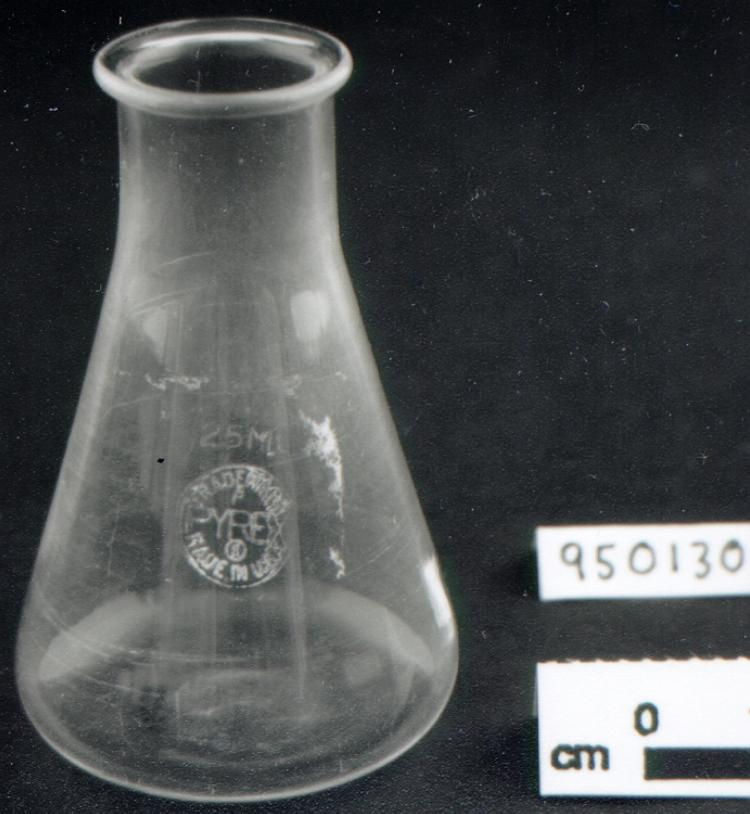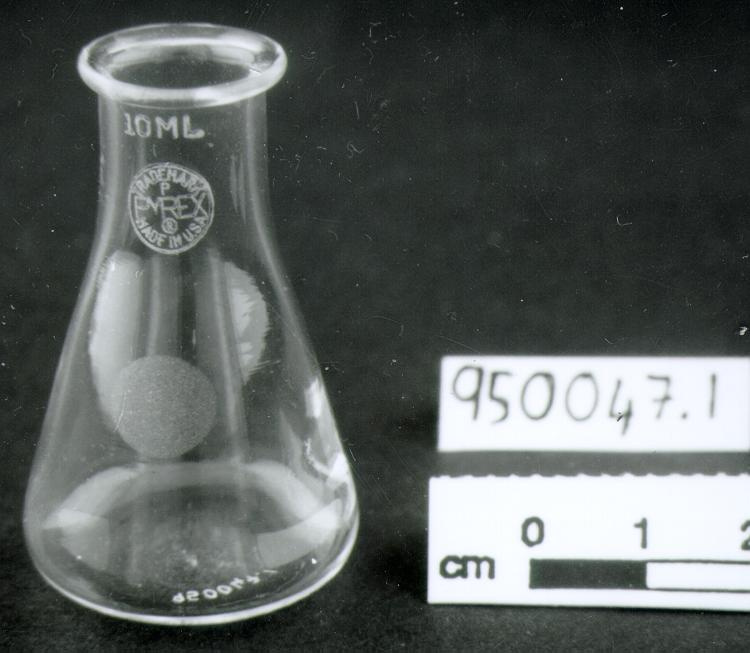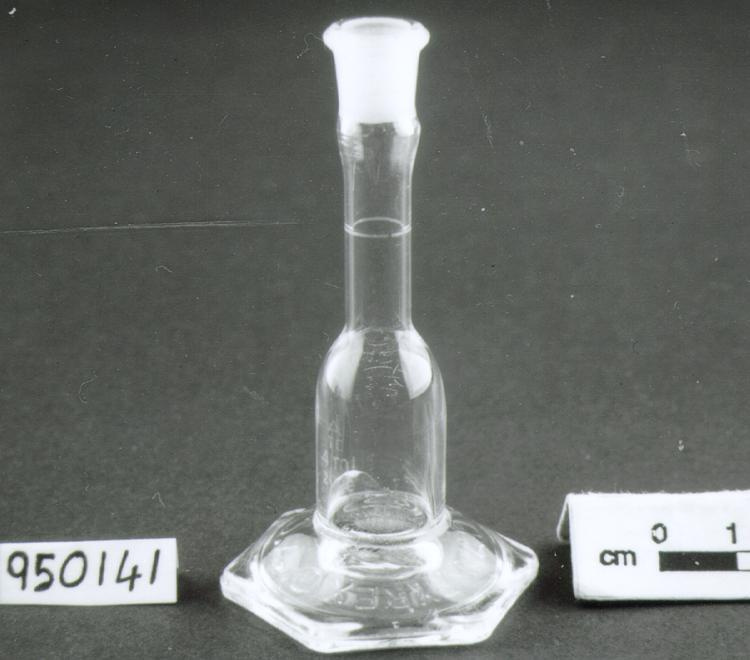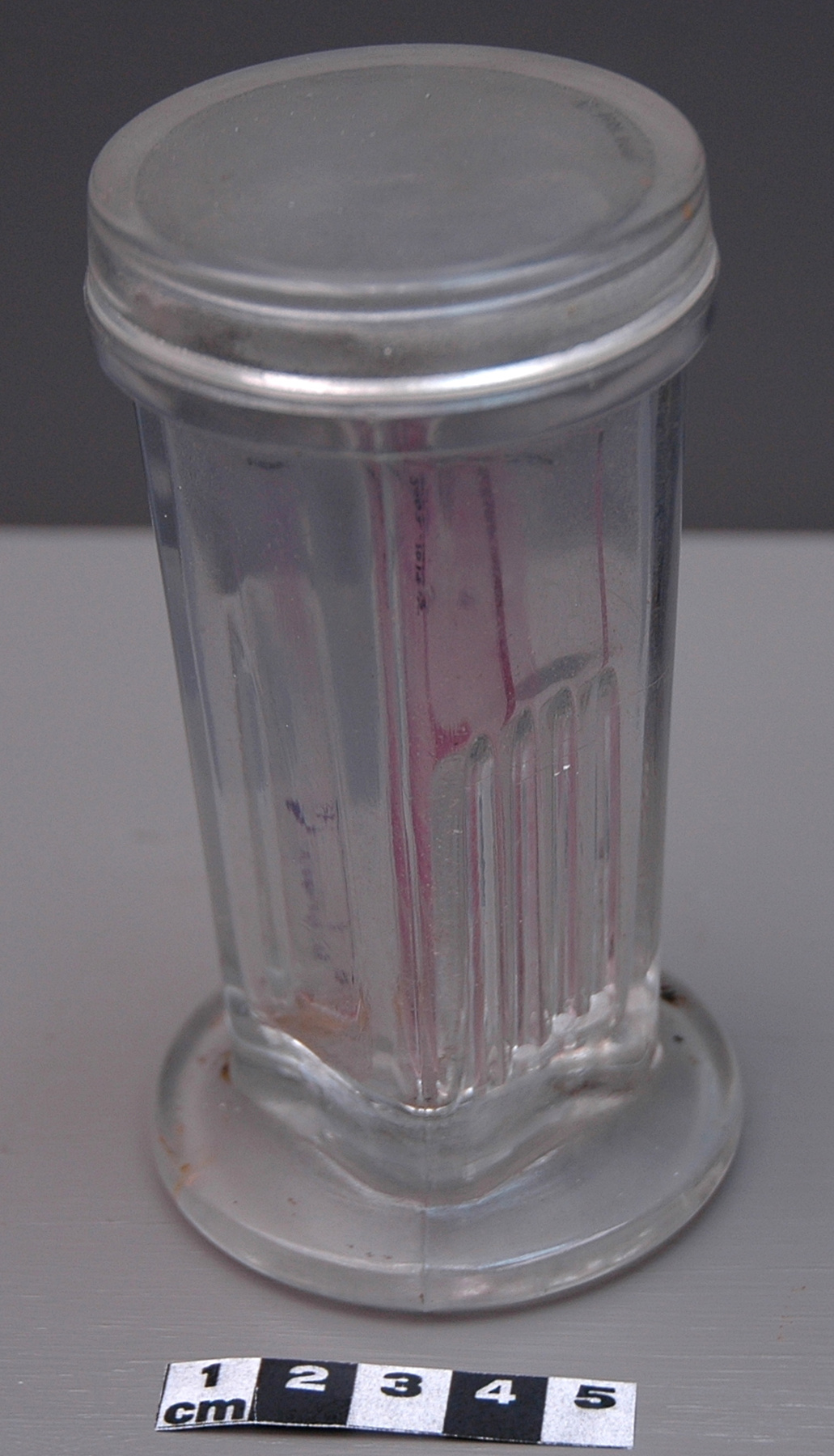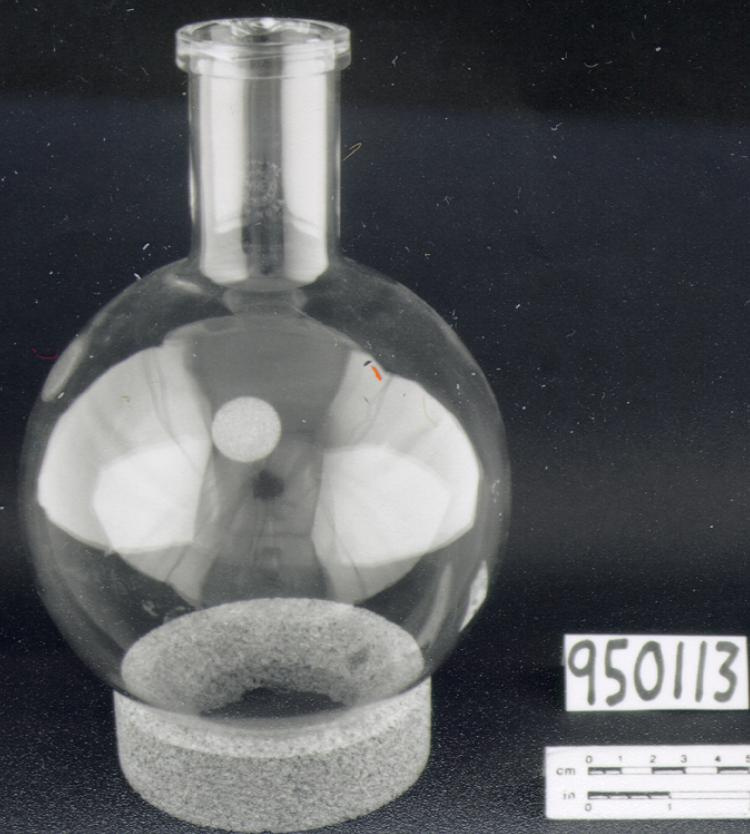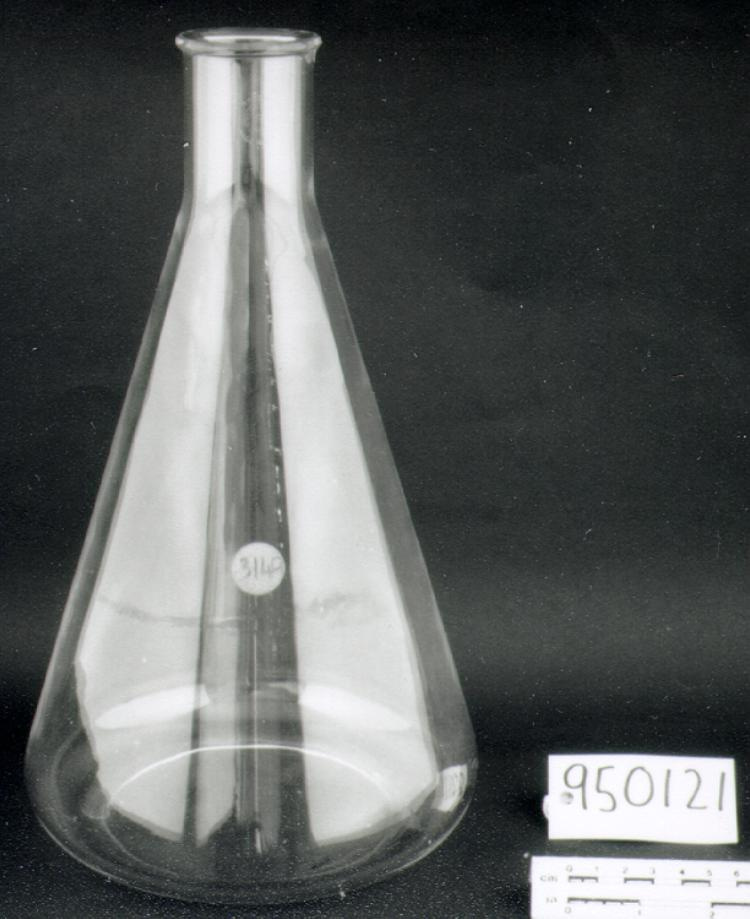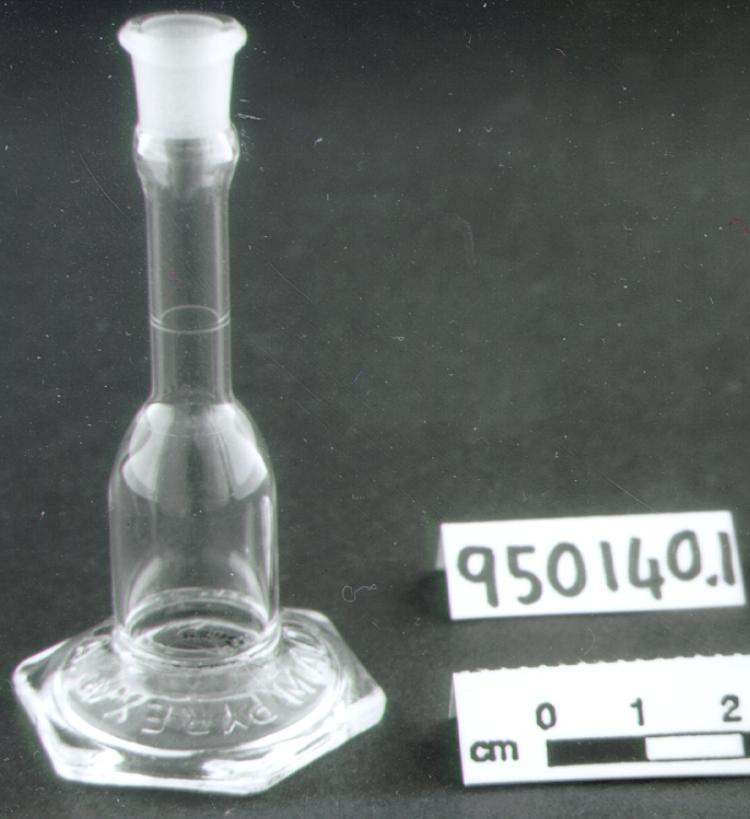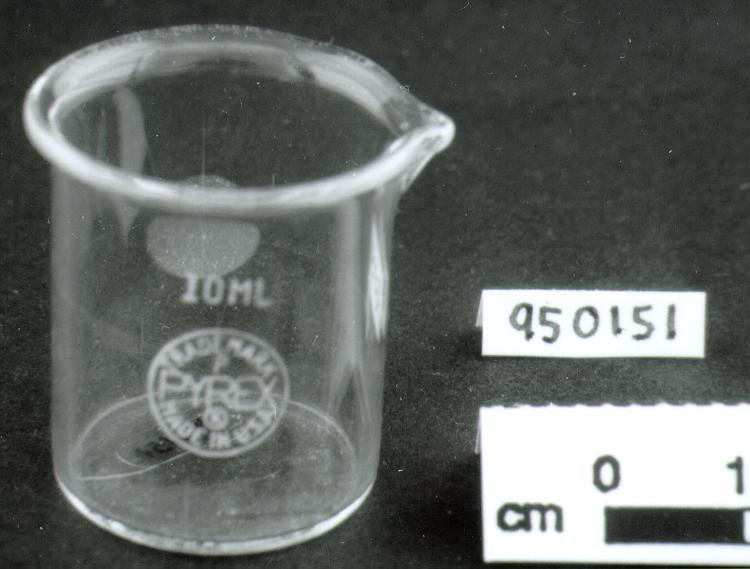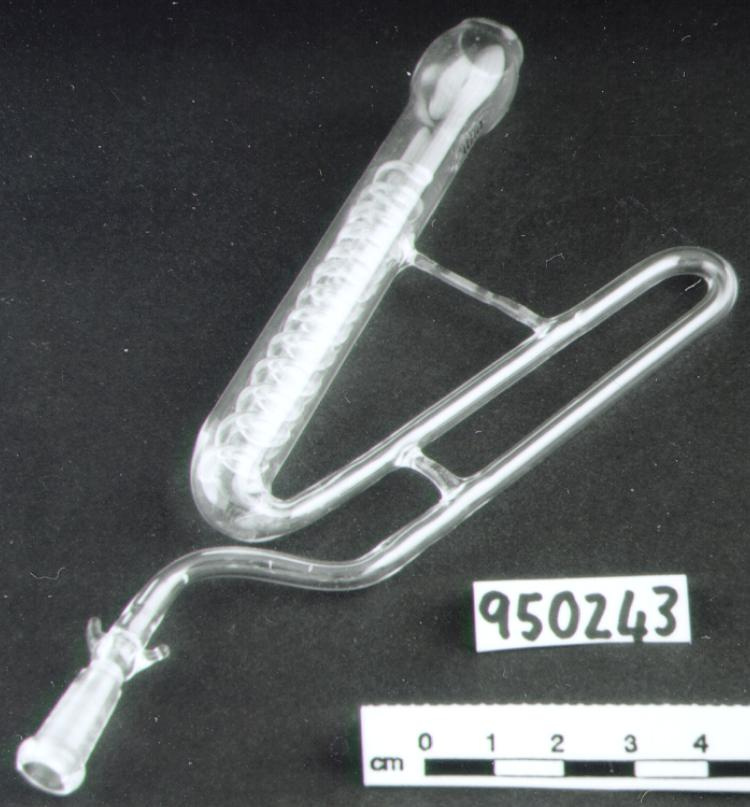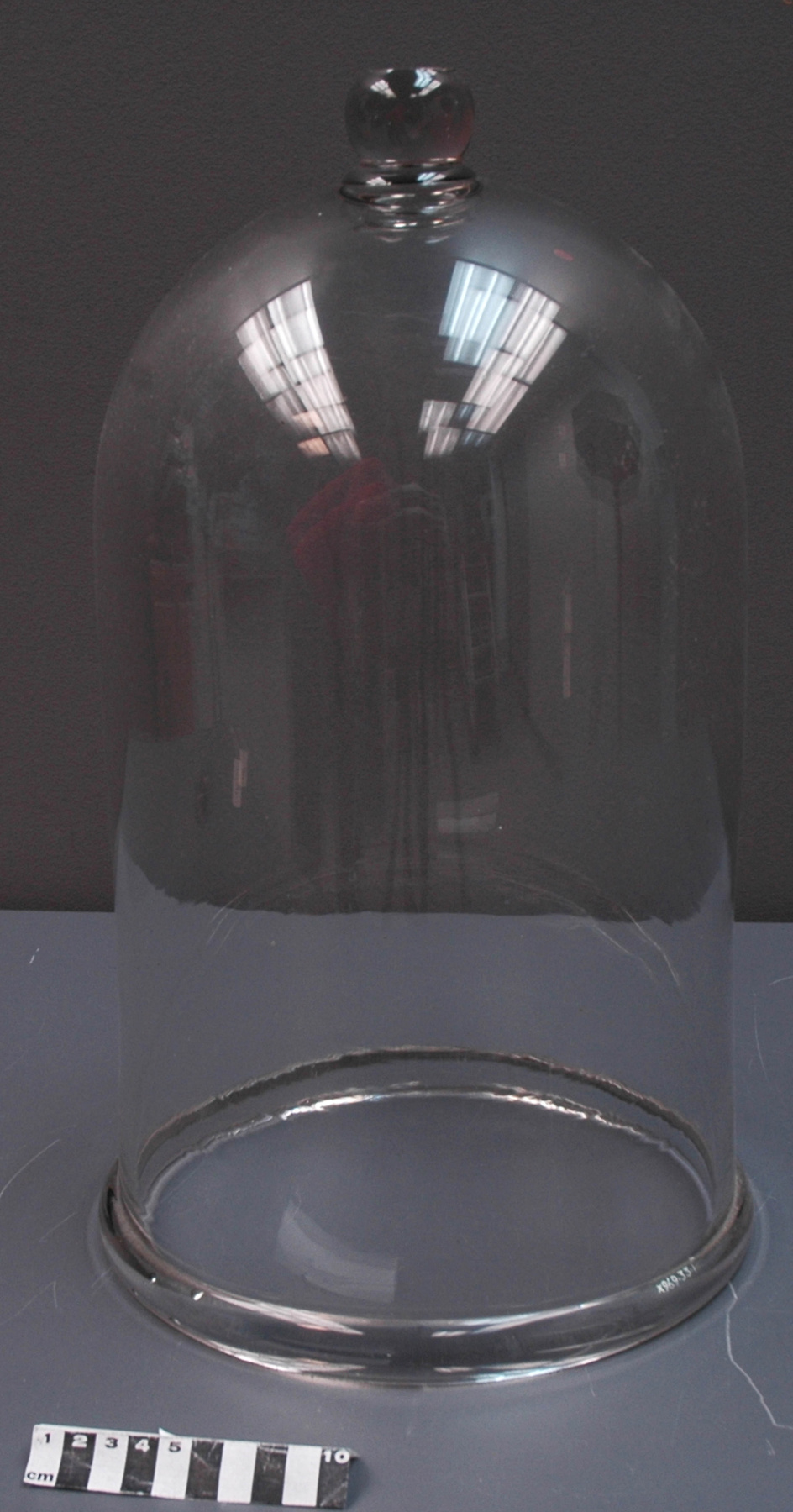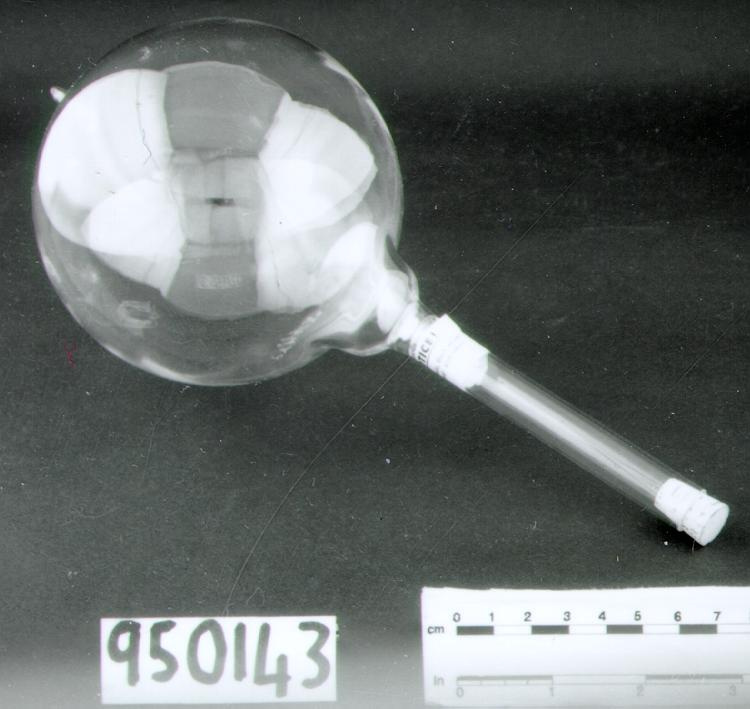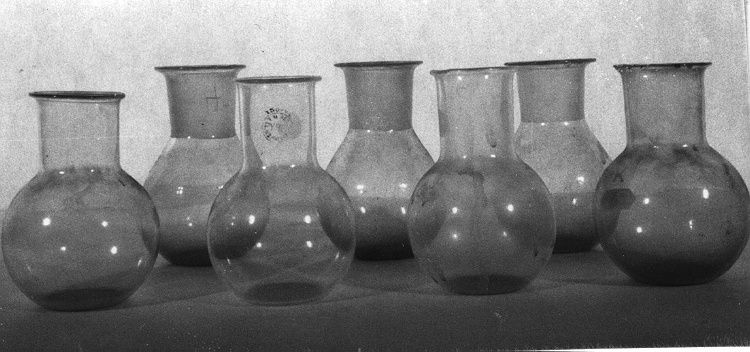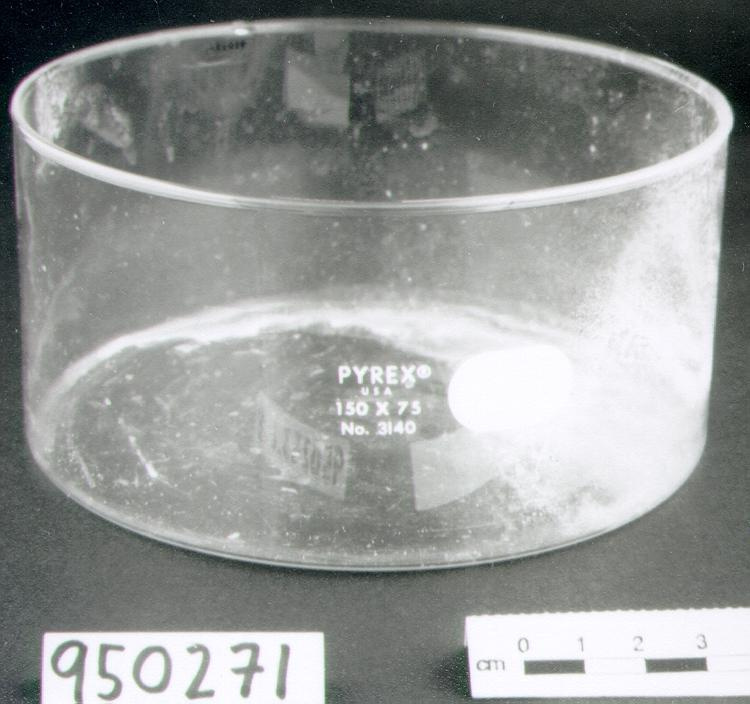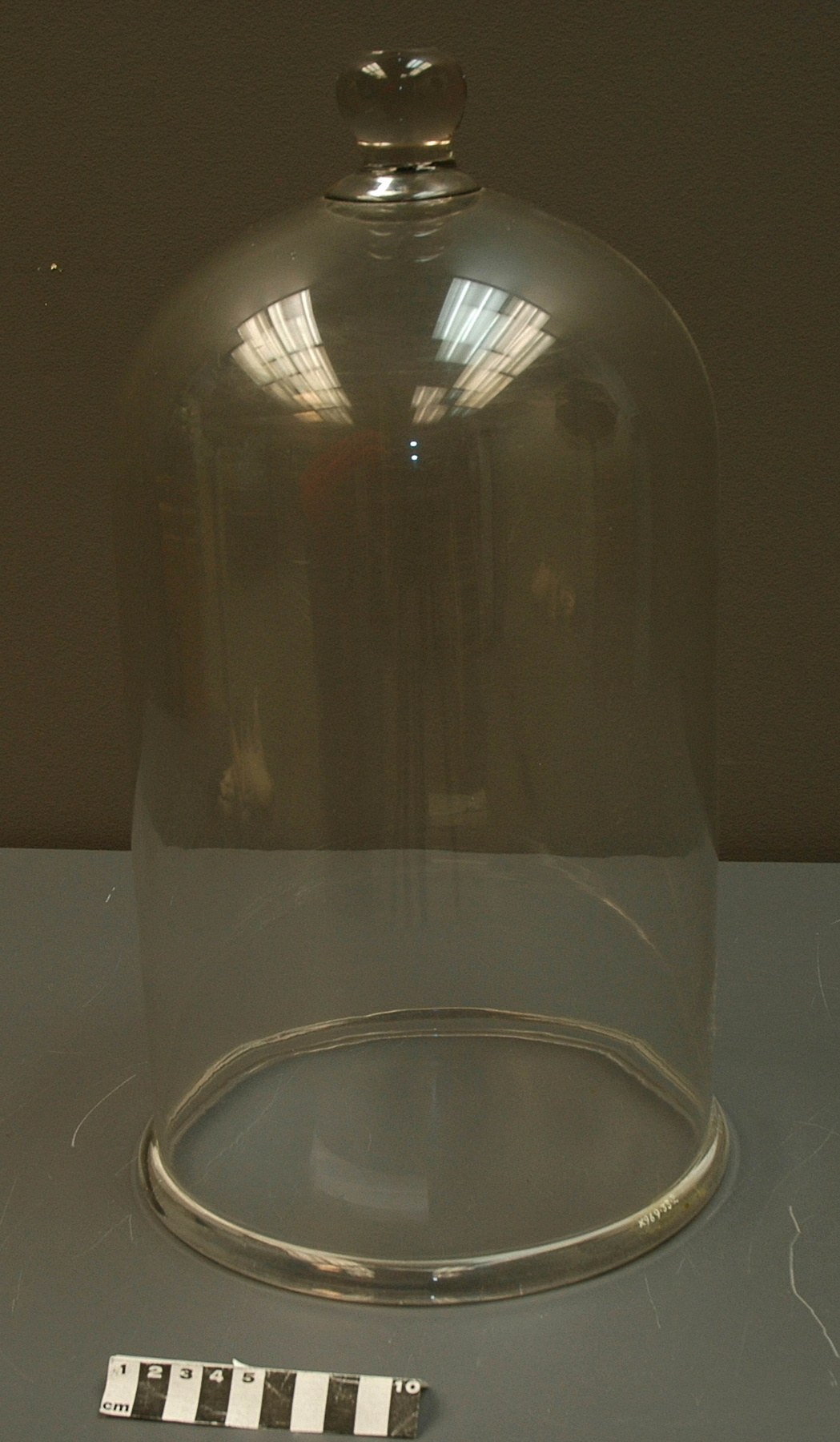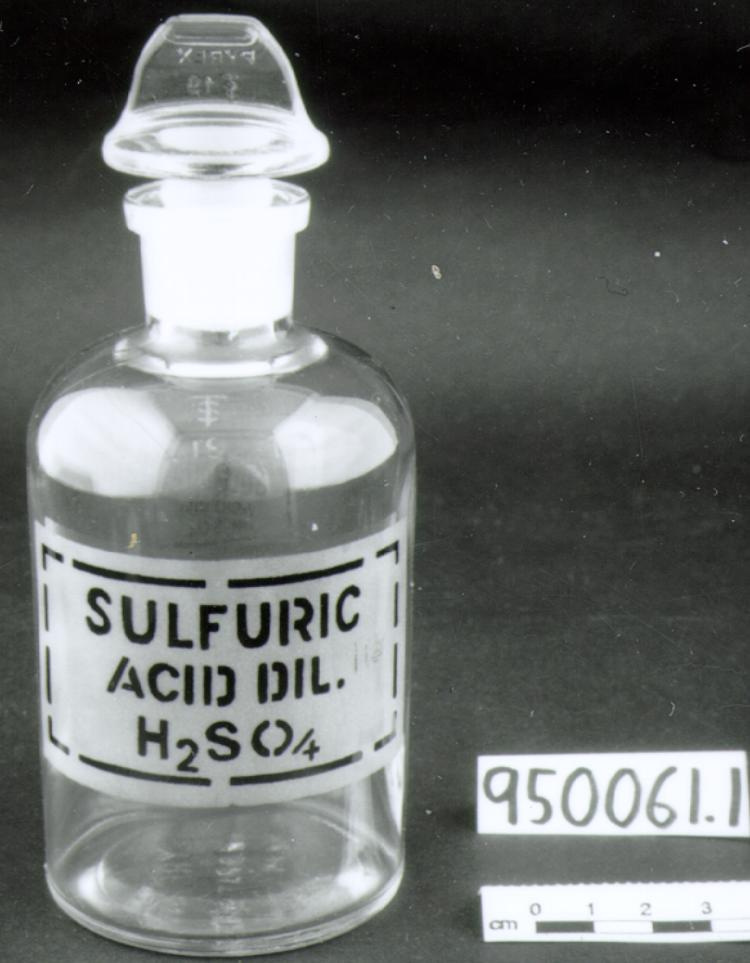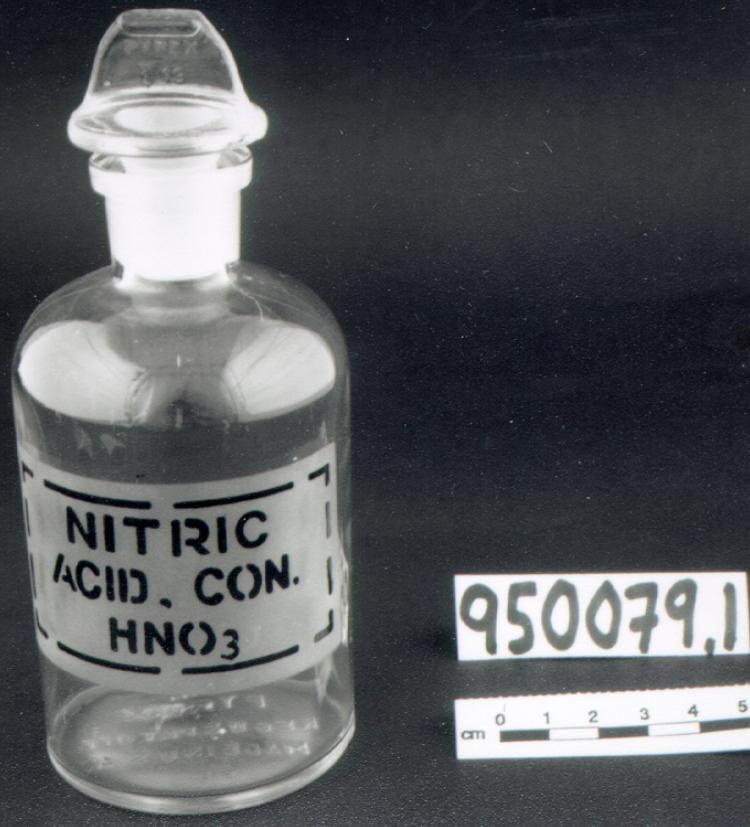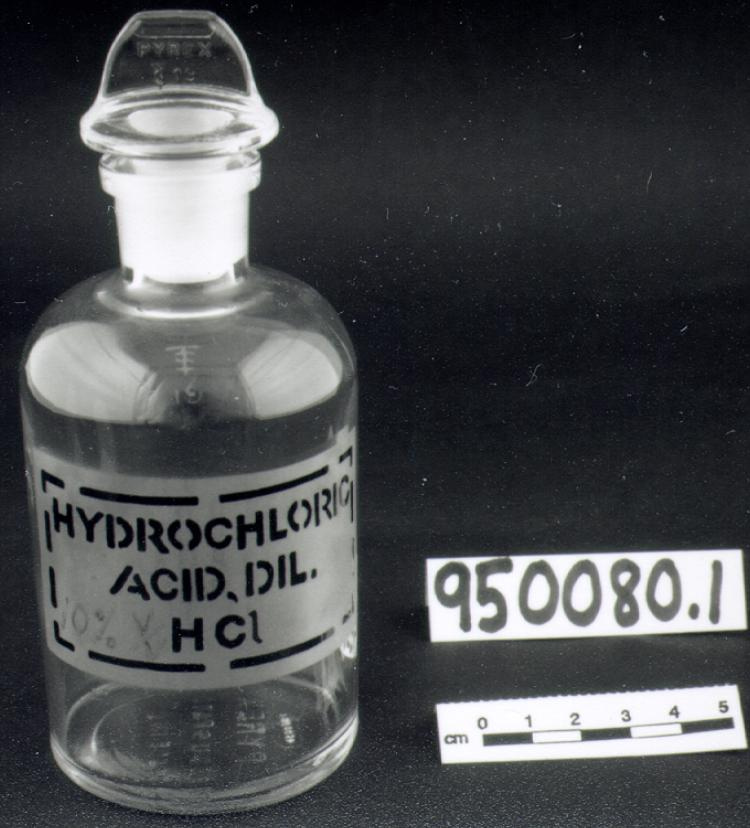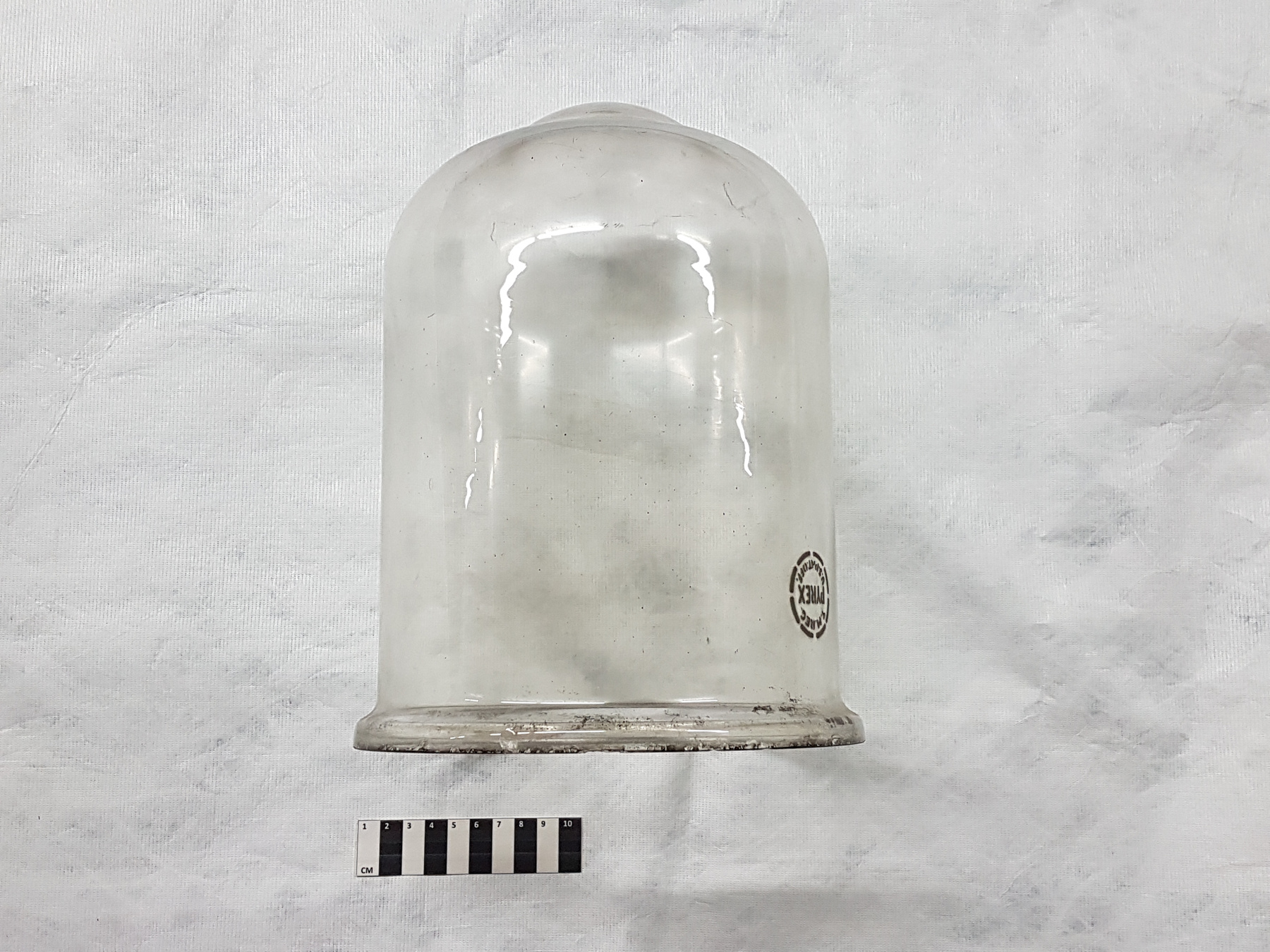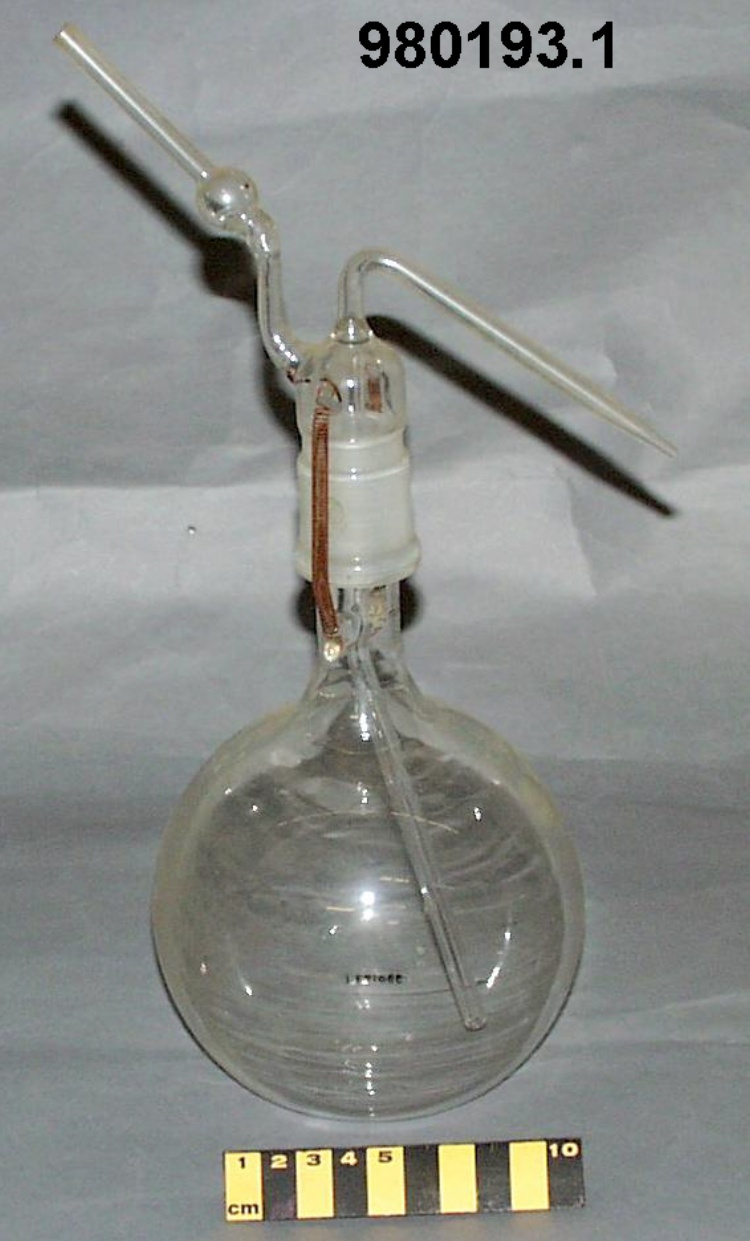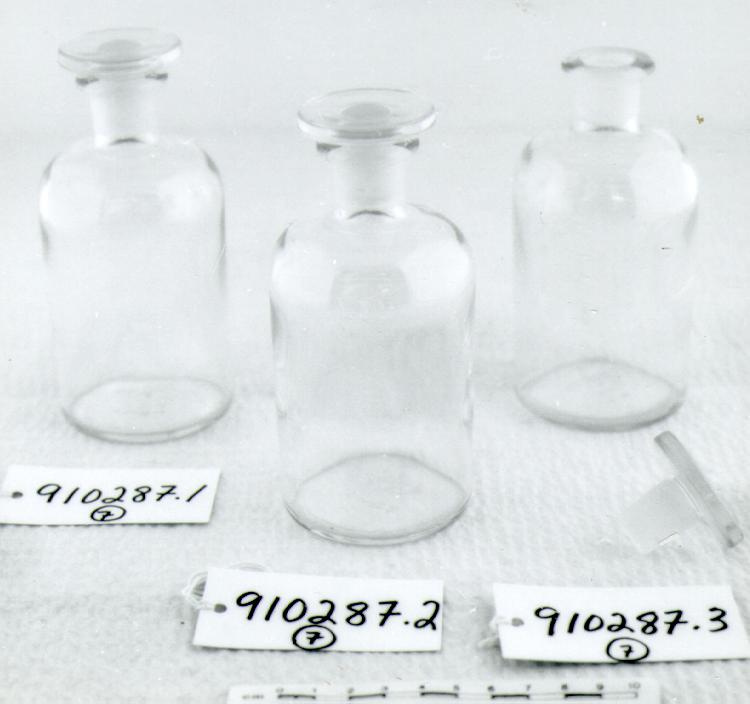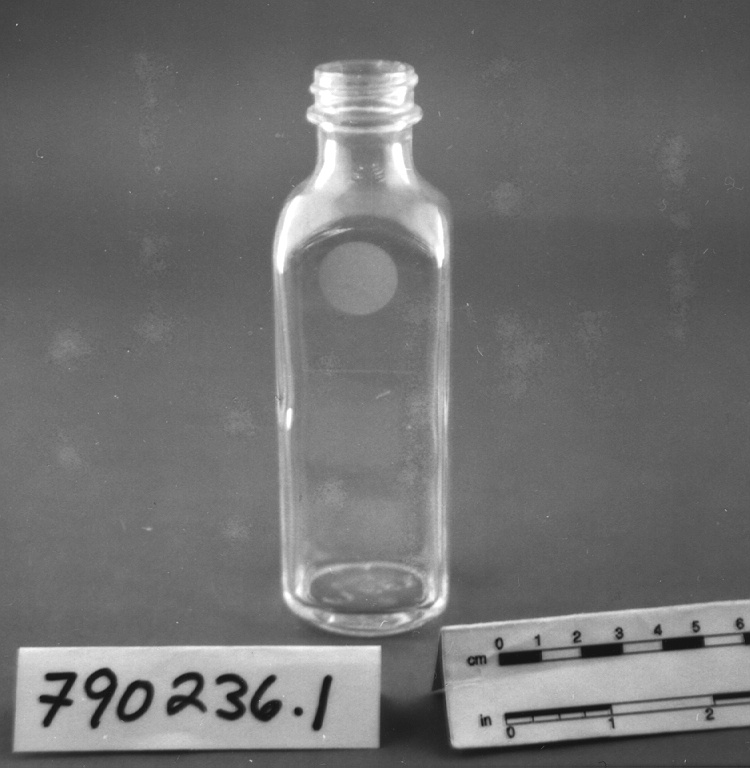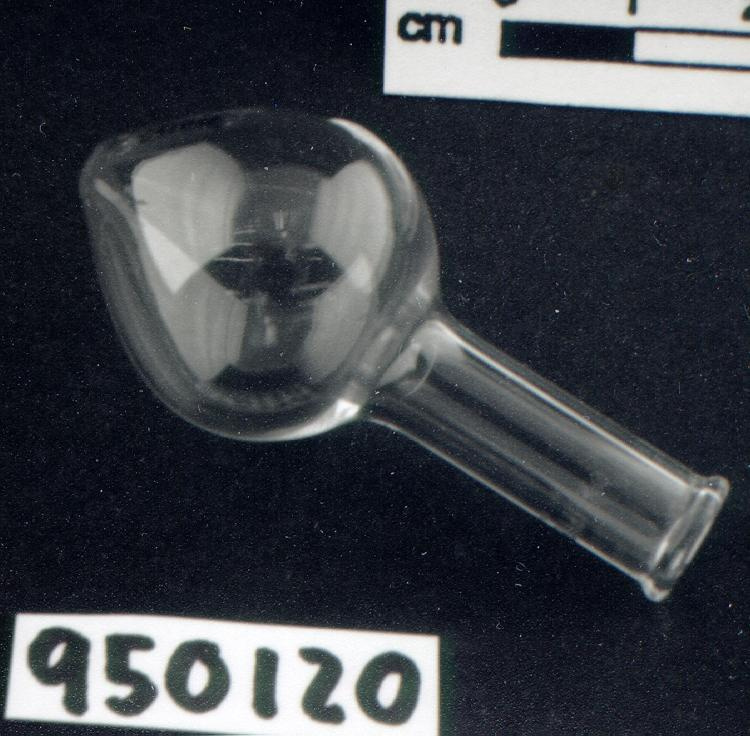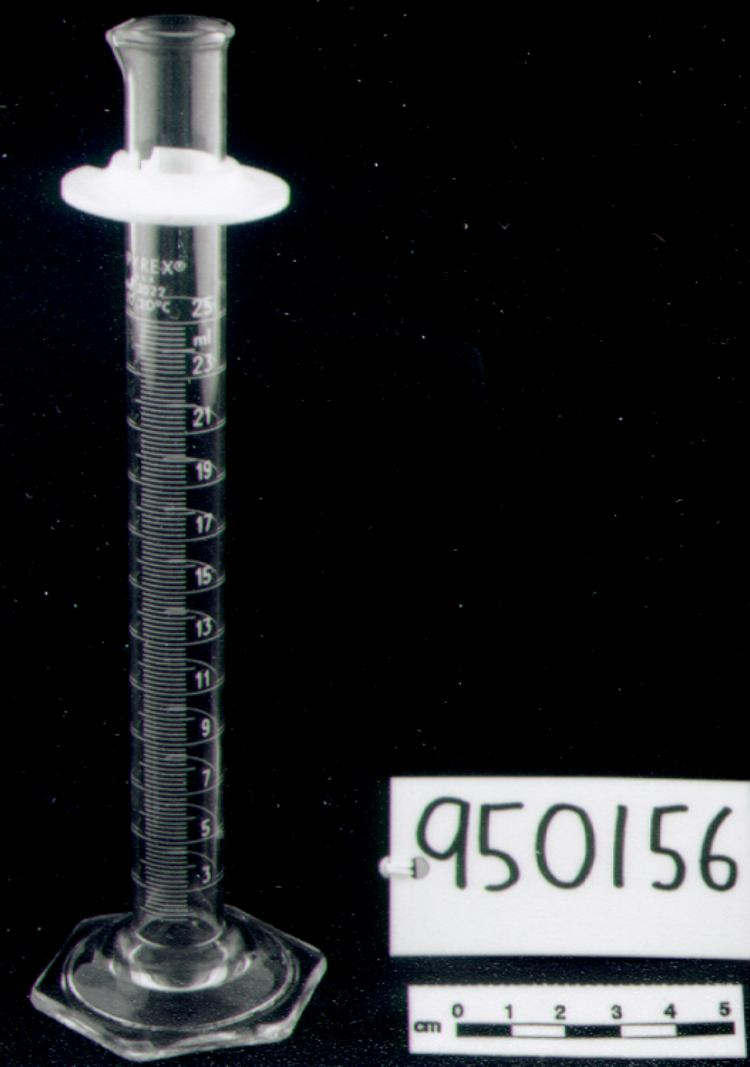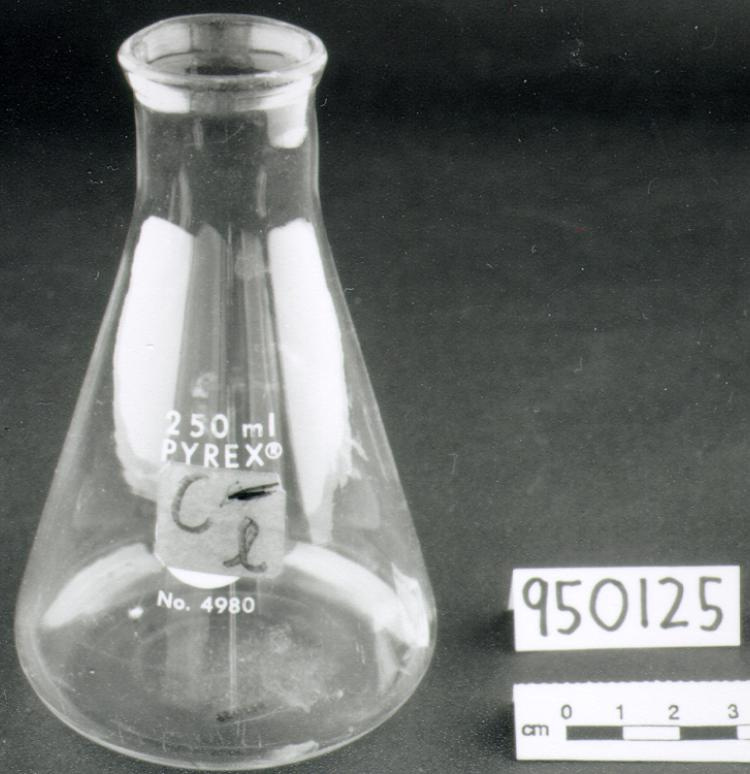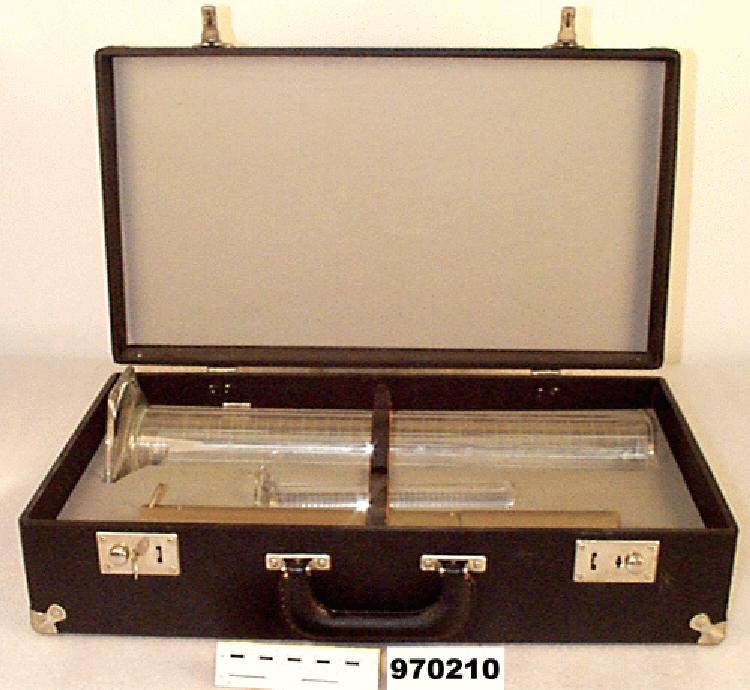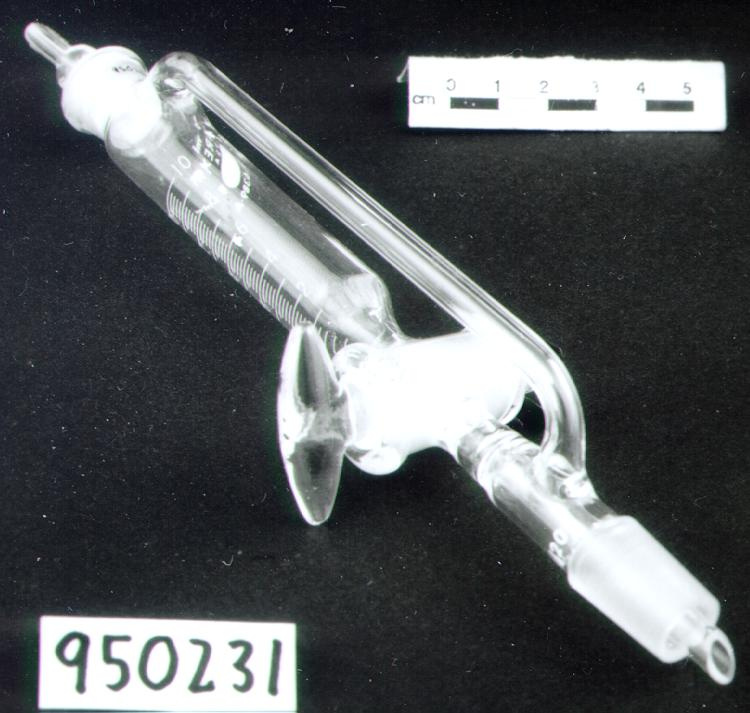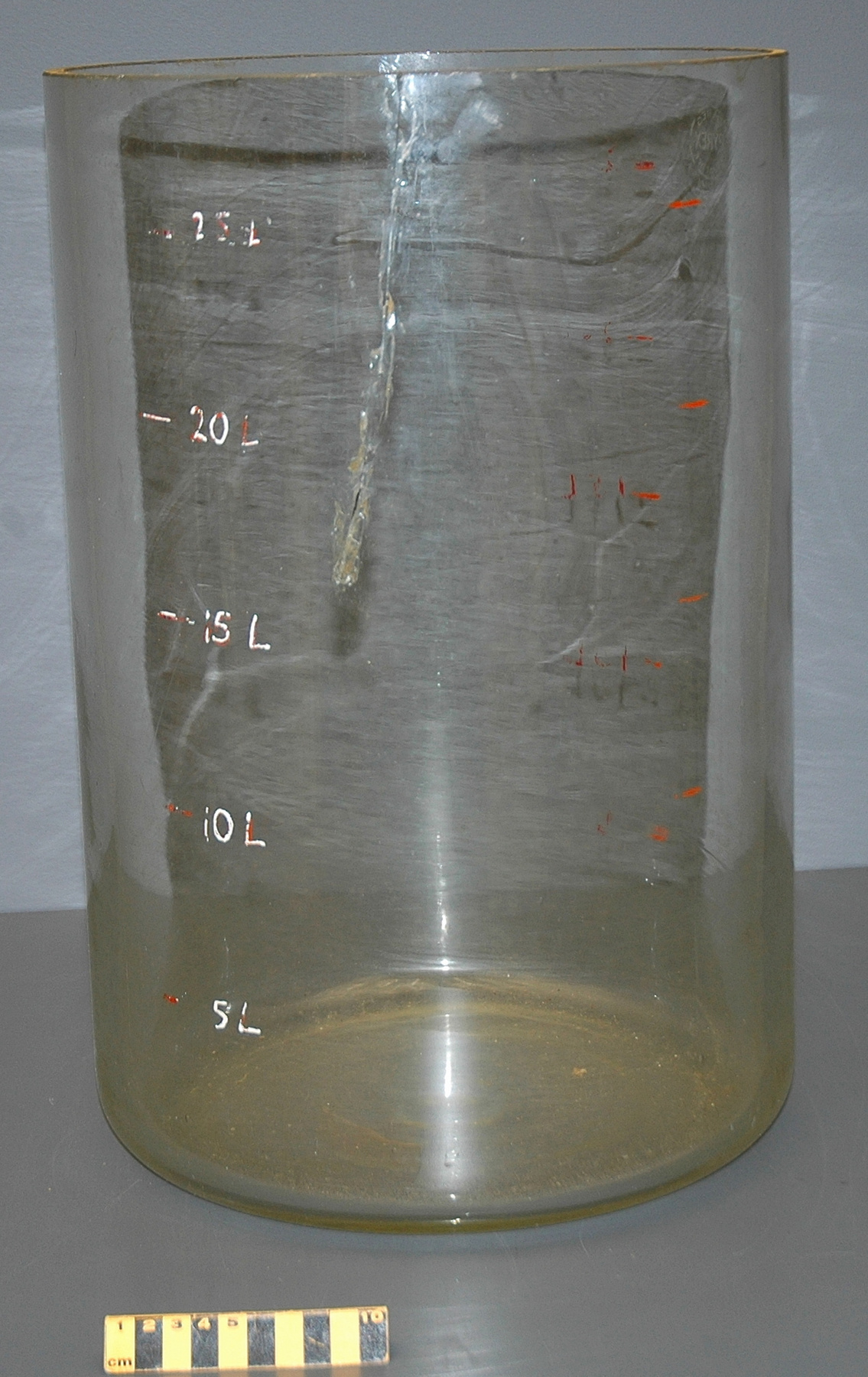Jar
Use this image
Can I reuse this image without permission? Yes
Object images on the Ingenium Collection’s portal have the following Creative Commons license:
Copyright Ingenium / CC BY-NC-ND (Attribution-NonCommercial 4.0 International (CC BY-NC 4.0)
ATTRIBUTE THIS IMAGE
Ingenium,
2002.0619.003
Permalink:
Ingenium is releasing this image under the Creative Commons licensing framework, and encourages downloading and reuse for non-commercial purposes. Please acknowledge Ingenium and cite the artifact number.
DOWNLOAD IMAGEPURCHASE THIS IMAGE
This image is free for non-commercial use.
For commercial use, please consult our Reproduction Fees and contact us to purchase the image.
- OBJECT TYPE
- bath
- DATE
- 1946
- ARTIFACT NUMBER
- 2002.0619.003
- MANUFACTURER
- Corning Pyrex
- MODEL
- Unknown
- LOCATION
- United States of America
More Information
General Information
- Serial #
- N/A
- Part Number
- 3
- Total Parts
- 6
- AKA
- artificial kidney machine
- Patents
- N/A
- General Description
- glass
Dimensions
Note: These reflect the general size for storage and are not necessarily representative of the object's true dimensions.
- Length
- N/A
- Width
- N/A
- Height
- 45.7 cm
- Thickness
- N/A
- Weight
- N/A
- Diameter
- 30.0 cm
- Volume
- N/A
Lexicon
- Group
- Medical Technology
- Category
- Research
- Sub-Category
- N/A
Manufacturer
- AKA
- Corning
- Country
- United States of America
- State/Province
- Unknown
- City
- Unknown
Context
- Country
- Canada
- State/Province
- Ontario
- Period
- Used 1946- 1947.
- Canada
-
First artificial kidney machine made in North America by Dr. Gordon Murray, simultaneously and independently of Willem Kolff's invention in Holland in the 1940s. Designed and built by Murray himself, it was used successfully on four patients at Toronto General Hospital, 1946-47. Murray was a remarkable surgeon and innovator whose work earned him international recognition. In the 1930s Dr. Murray introduced the anticoagulant Heparin to world clinical practice; in the '40s he developed the first artificial kidney in North America; and in 1955 he performed the first successful transplant of a human heart valve. Unfortunately, these achievements are often overshadowed by his later, controversial work on an anti-cancer serum, and on unconventional surgery for injuries caused by traumatic paraplegia. (Ref. 3] - Function
-
To contain and protect contents: specifically, dialysing membrane and dialysate. - Technical
-
Large clear glass bath jar capable of holding +25L of dialysate solution [salt-buffered tap water solution], through which blood was circulated. Jar also housed .1 dialysing membrane; cover (.2) incorporated thermometer, heating coil and stirrer for dialysate. Same/similar jar appears to have been used in earliest versions of Murray & Roschlau's artificial kidney machine. [see 2002.0620] - Area Notes
-
Unknown
Details
- Markings
- "T.M. REG./ PYREX/ U.S. PAT. OFF./ MADE IN U.S.A." stamped on jar front. "5 L", "10 L", "15 L", "20 L" and "25 L" and level lines handpainted in red and white on two side of jar. UHN catalogue no. "994.1.17" painted by hand in black ink on lower edge of jar.
- Missing
- None.
- Finish
- Clear glass.
- Decoration
- N/A
CITE THIS OBJECT
If you choose to share our information about this collection object, please cite:
Corning Pyrex, Jar, 1946, Artifact no. 2002.0619, Ingenium – Canada’s Museums of Science and Innovation, http://collection.ingeniumcanada.org/en/item/2002.0619.003/
FEEDBACK
Submit a question or comment about this artifact.
More Like This
